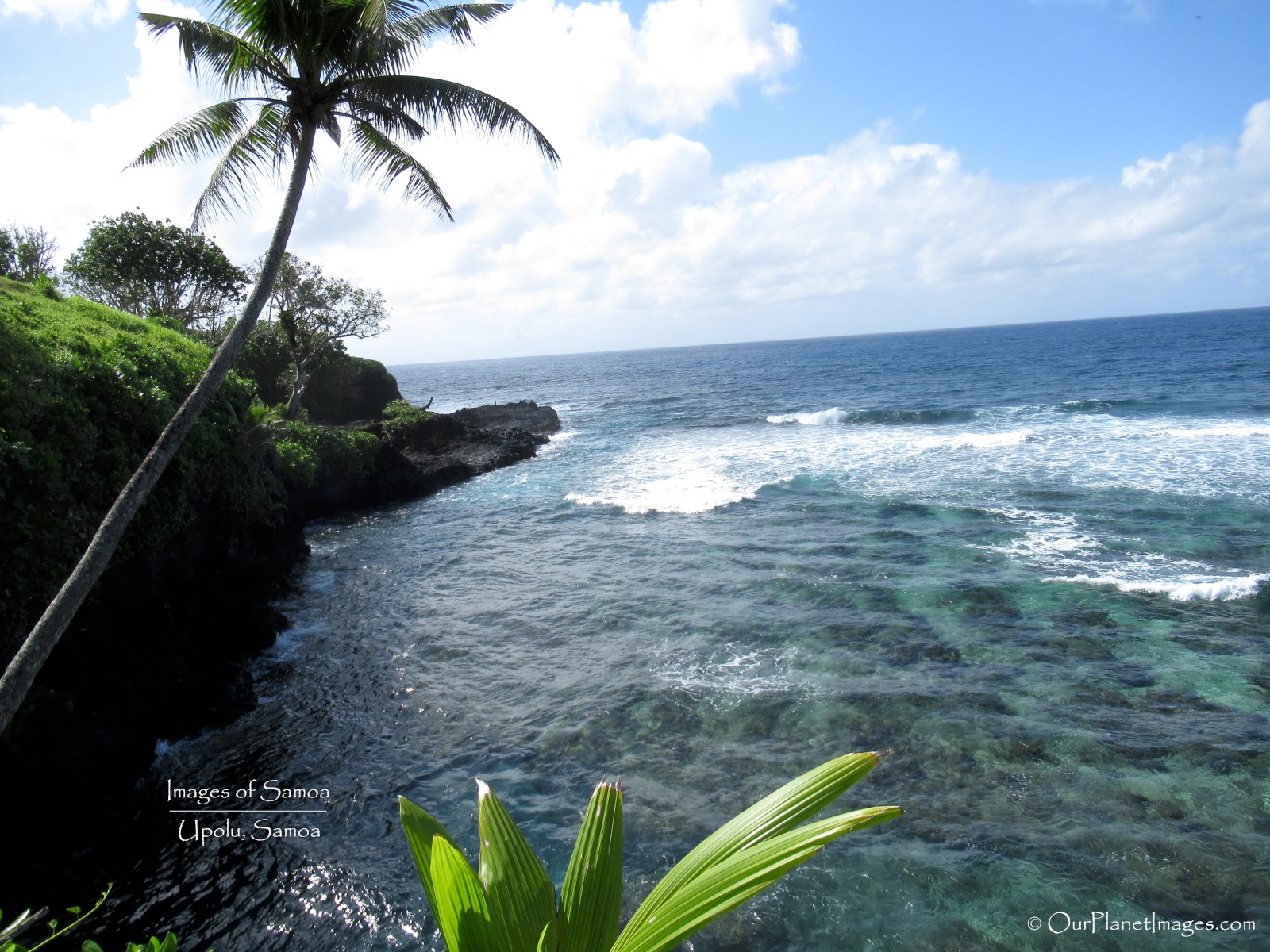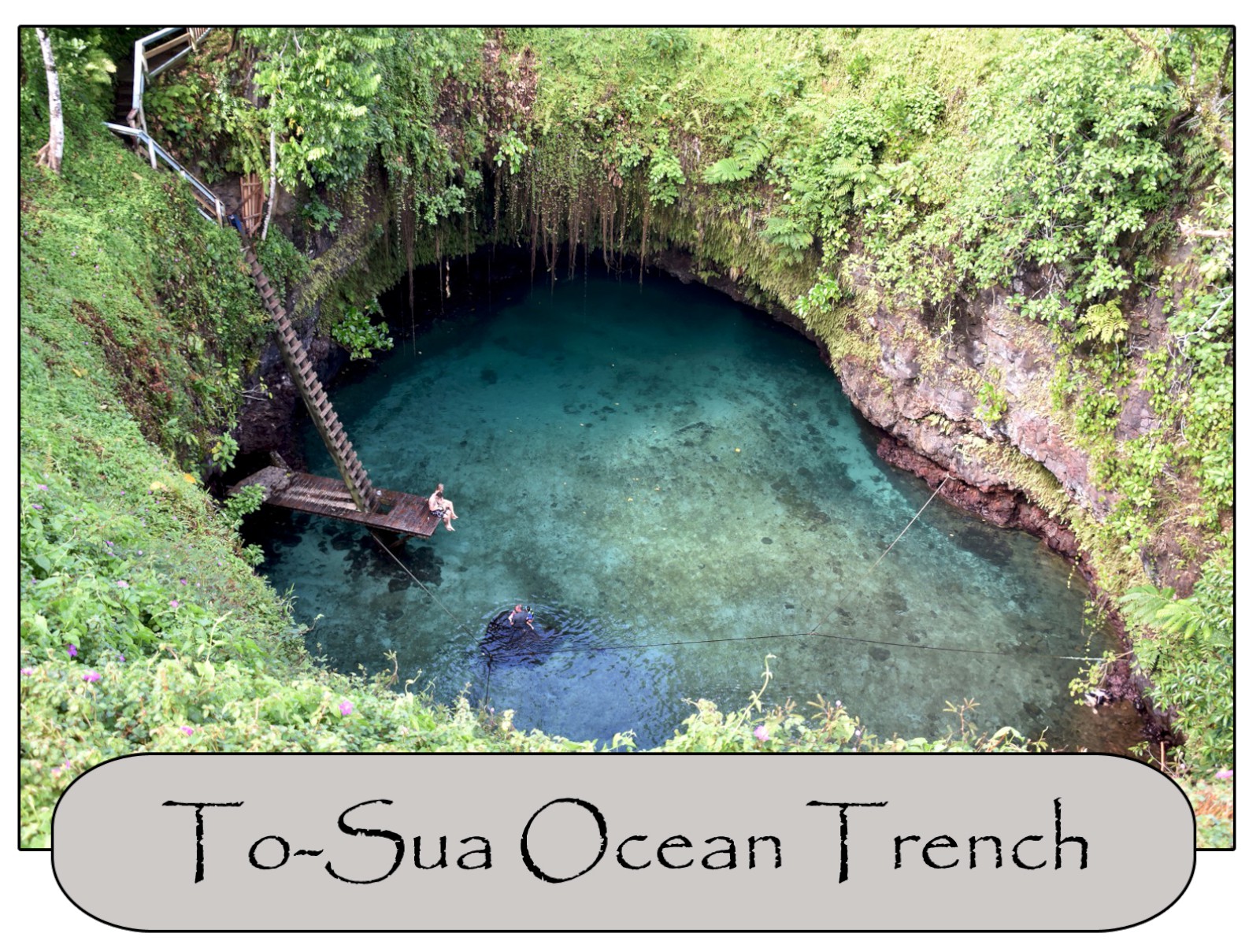Samoa is an island nation located in the central South Pacific Ocean and is known for its natural beauty. Savaii and Upolu are Samoa’s largest island along with eight smaller islands. The photo in this post are exclusively from the island of Upolu as I have not had the chance to visit the other islands.
Prior to my visit to Samoa, my knowledge of Samoa was very limited and my brief time on the island of Upolu only gave me a small insight into Samoa. In this post I wanted to show some of the highlight of Upolu, Samoa by sharing a few images of Samoa.
Traditional Villages
While driving around the island, I immediately notices all of the meeting houses that were along the roadway. Many of these houses were next to the residence house and were built for gatherings with family and friends but other meeting houses were stand alone and these are more for public gatherings. The photos below show that several of these meeting houses were being used when we were there.

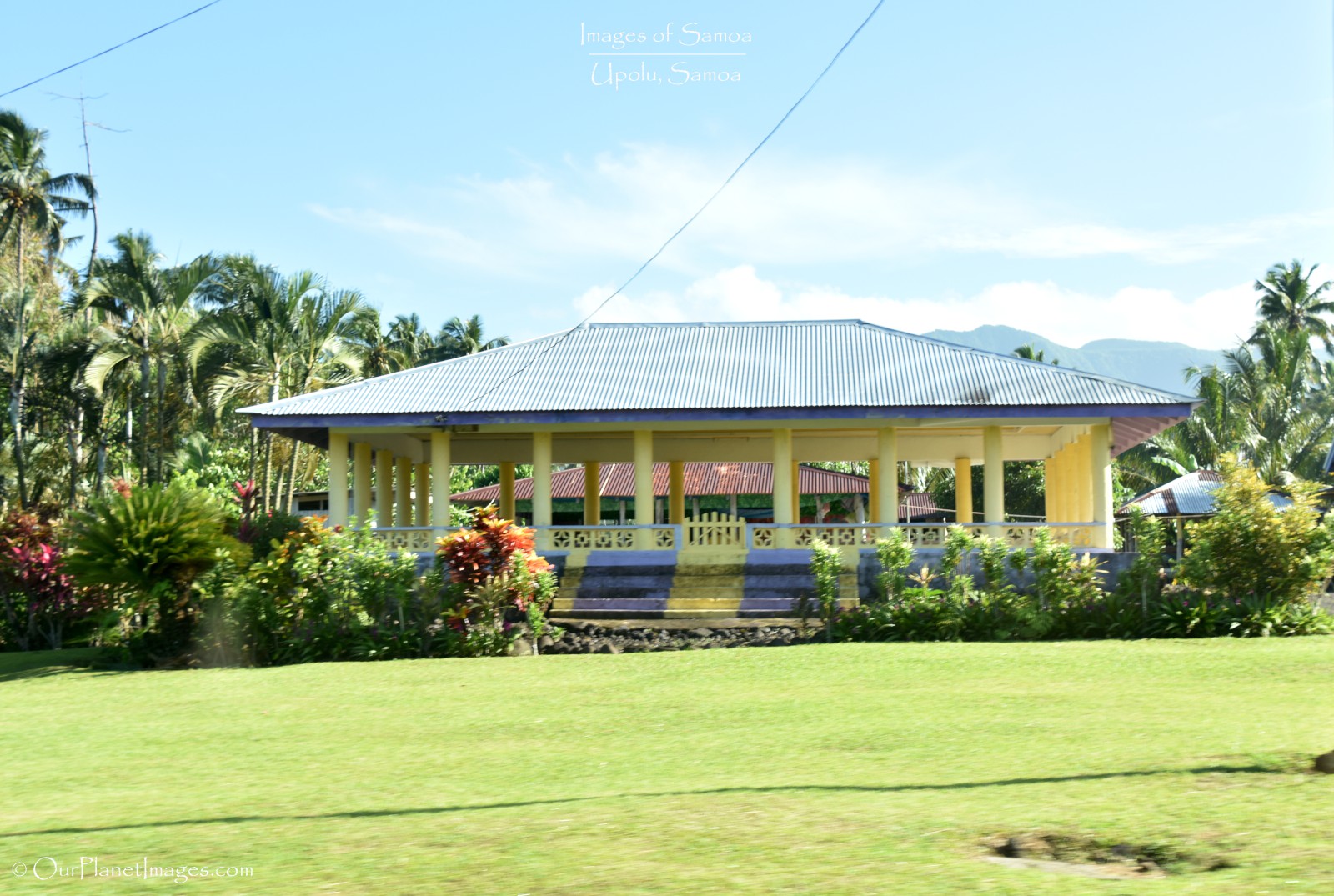
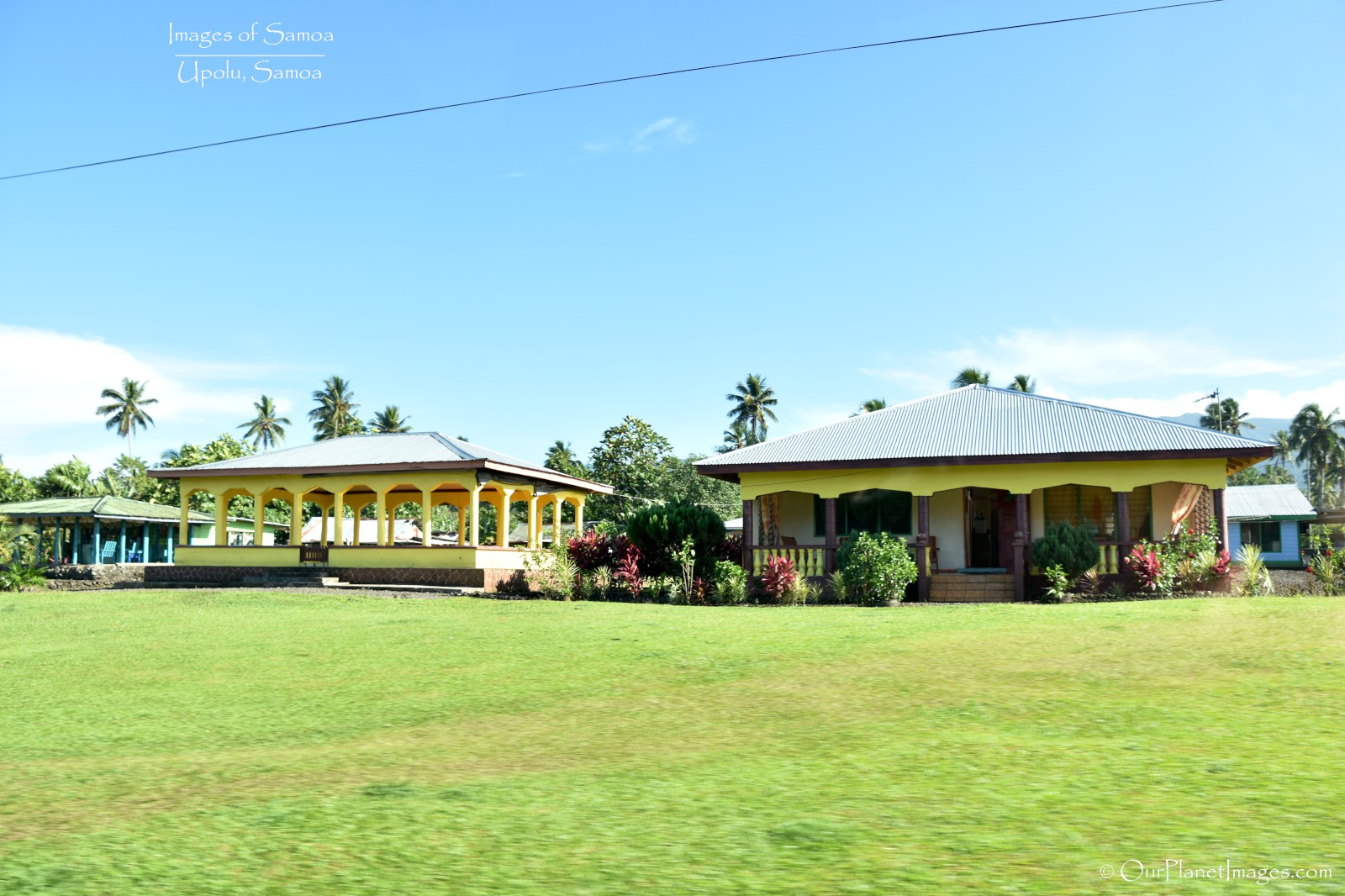
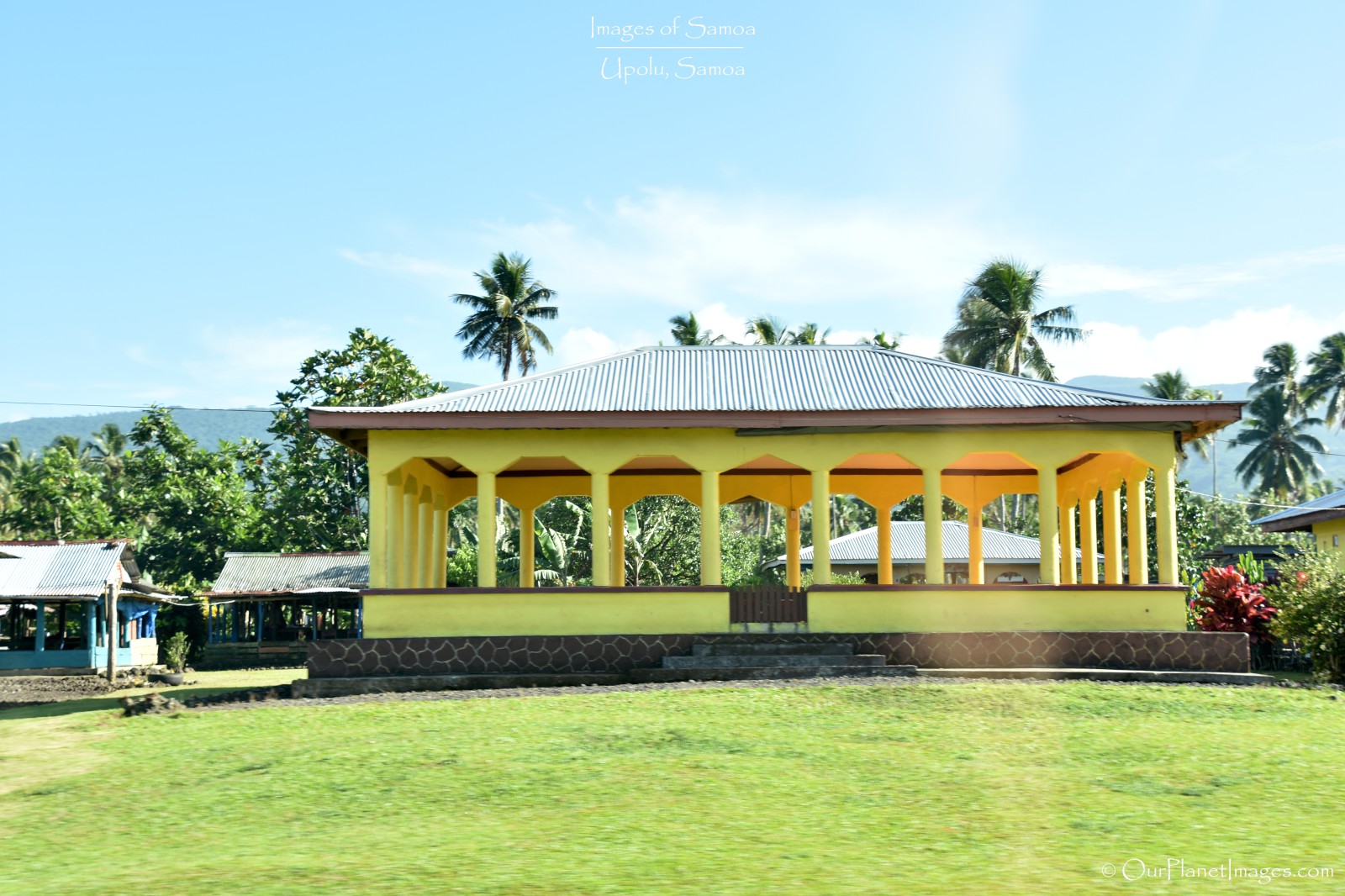
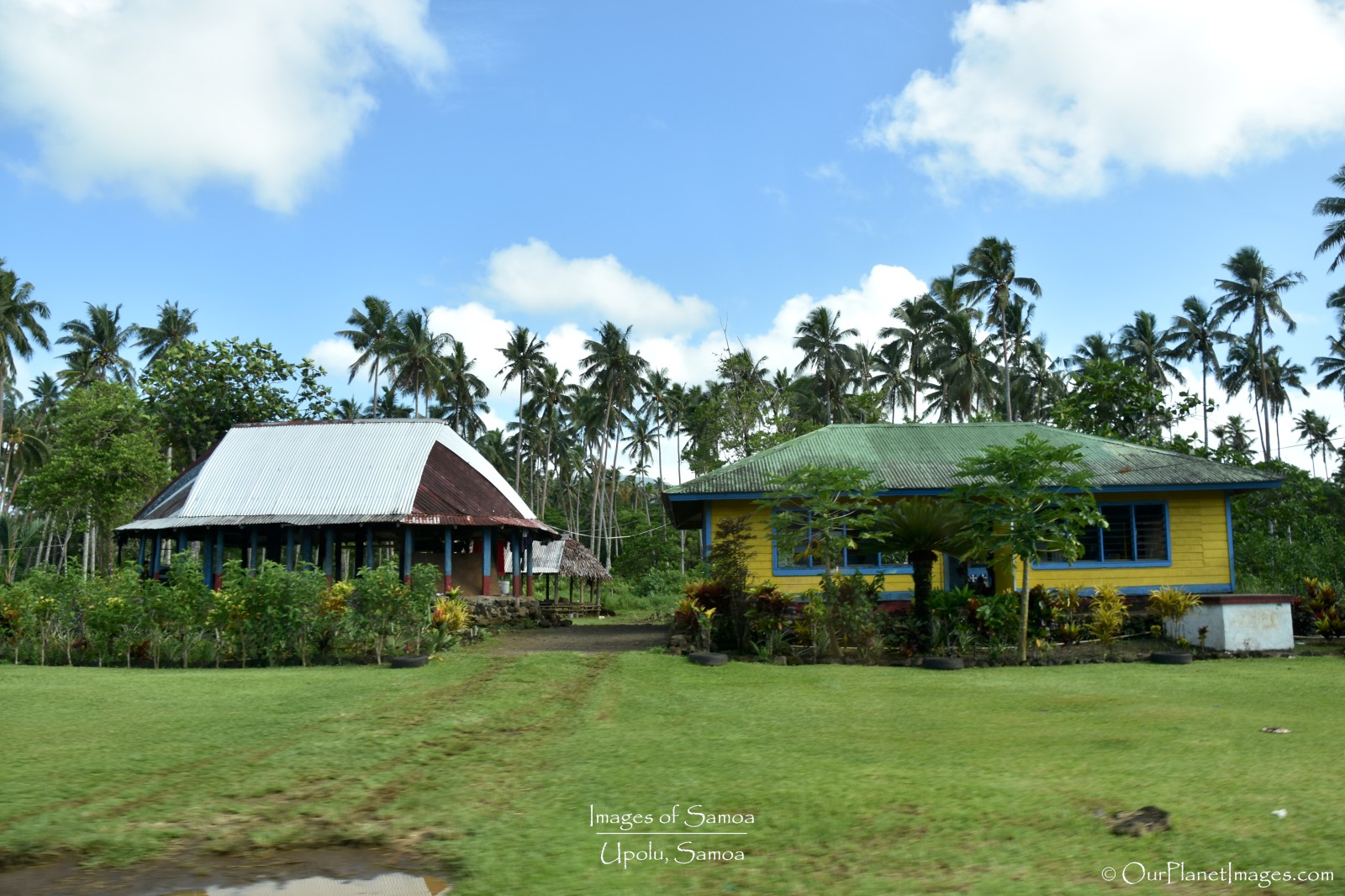
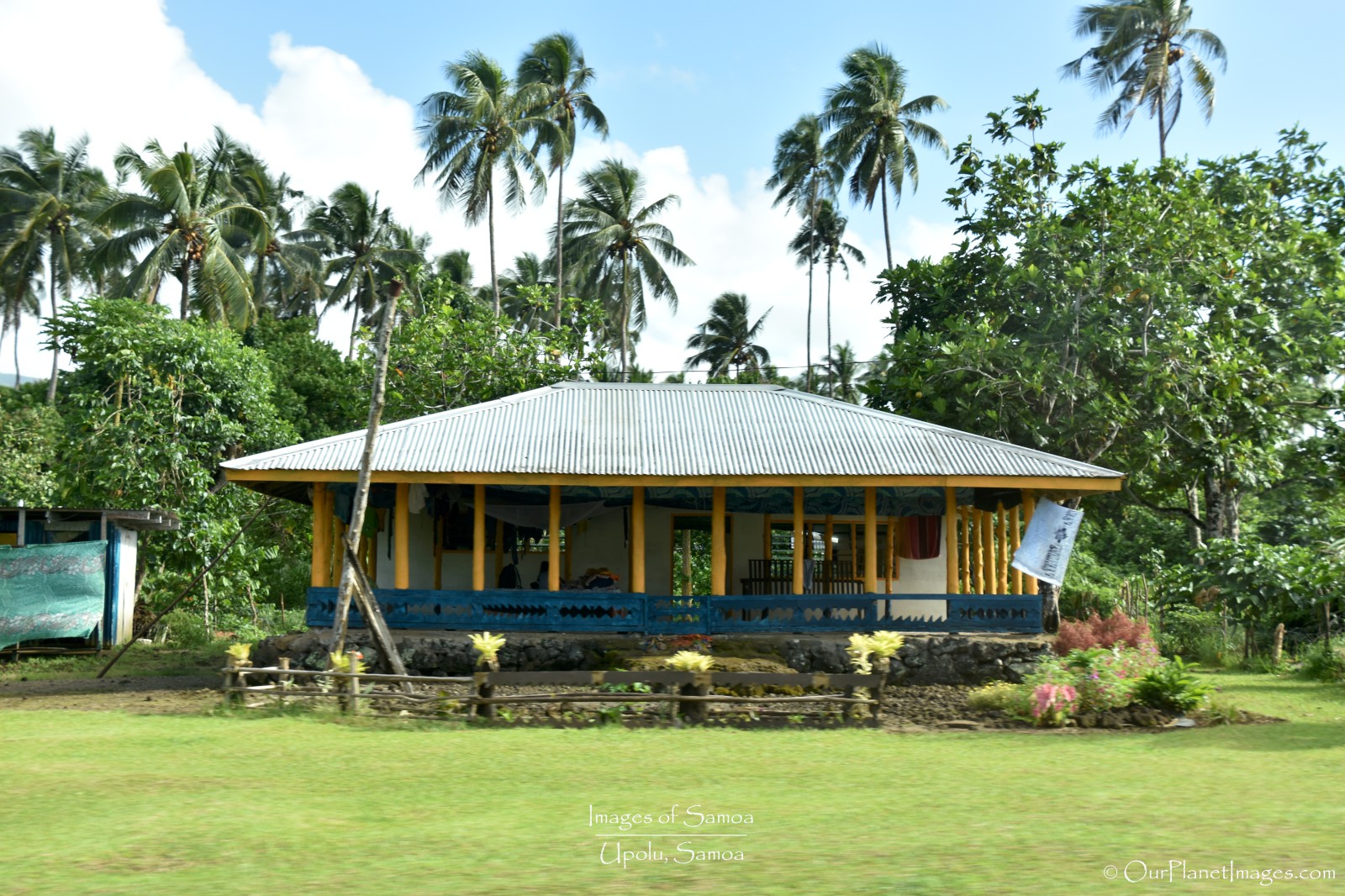
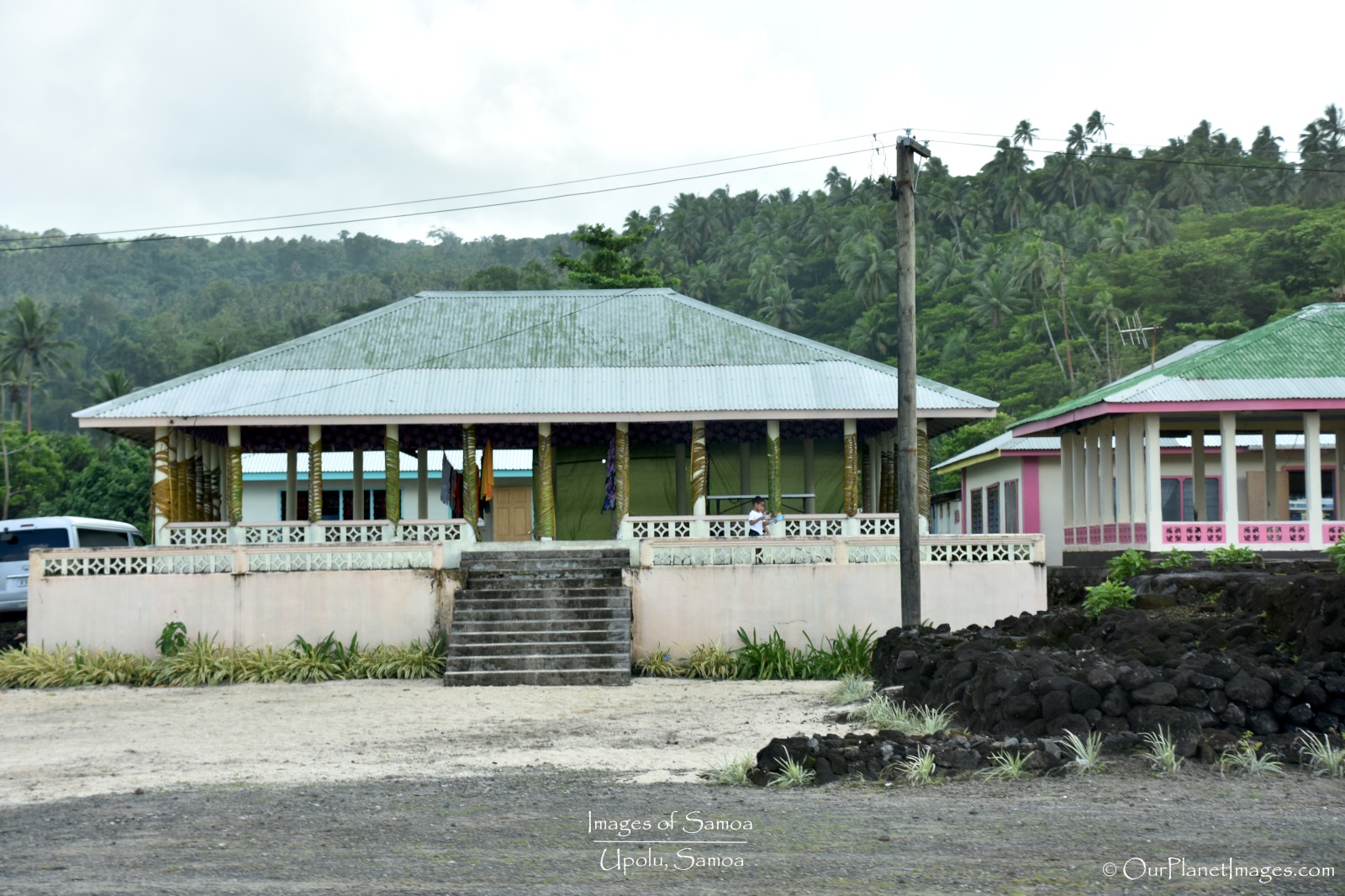
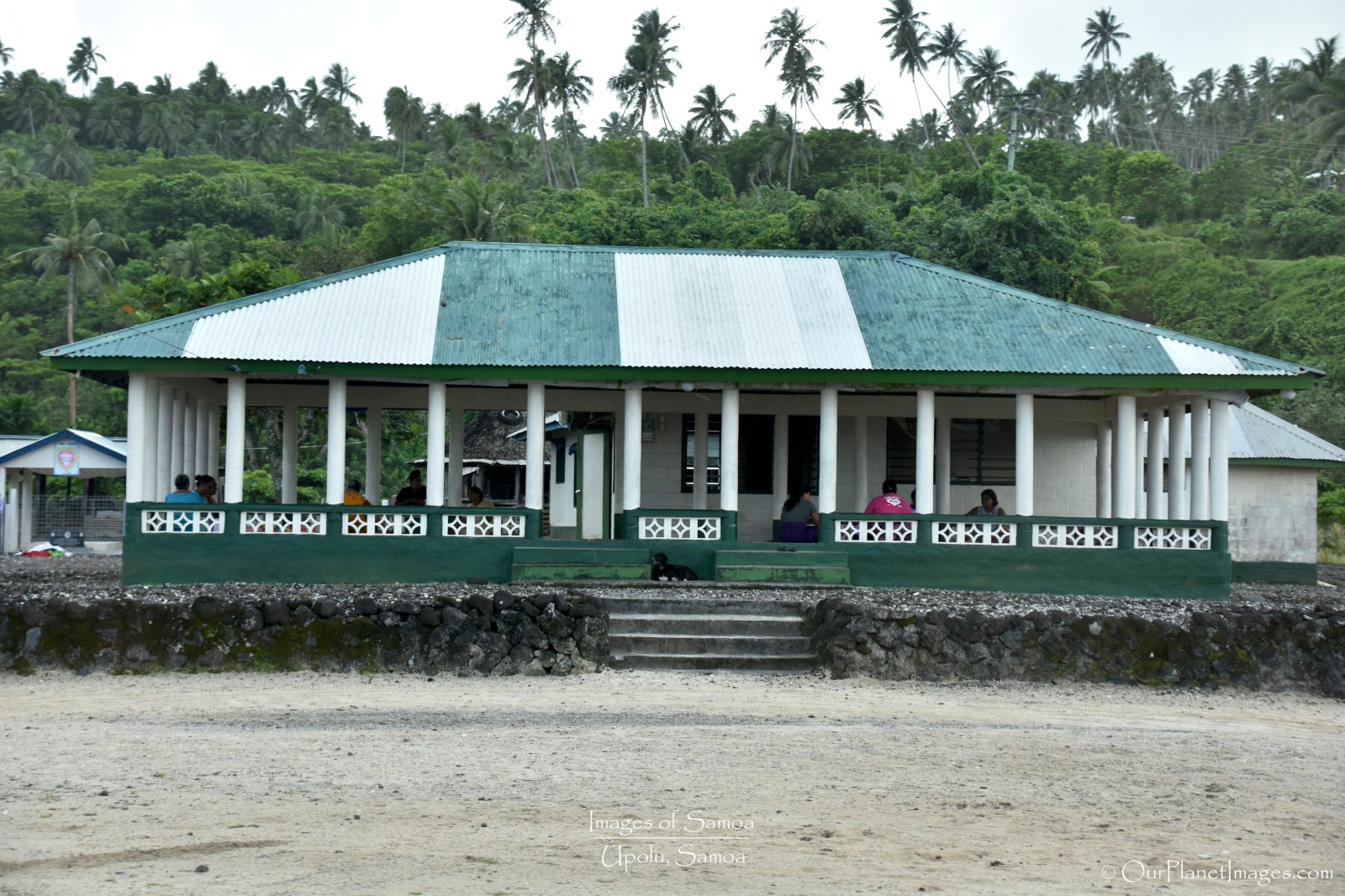
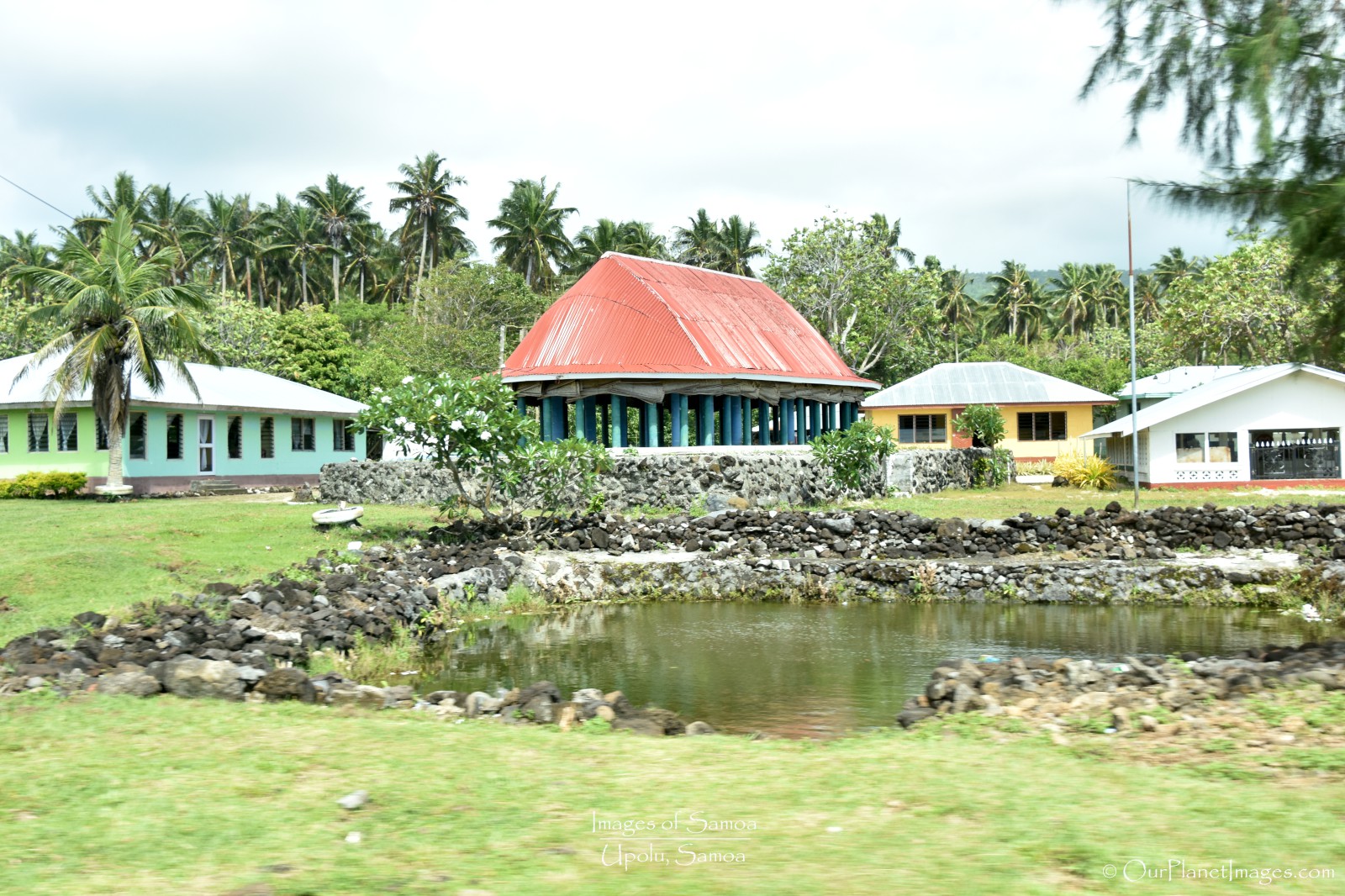
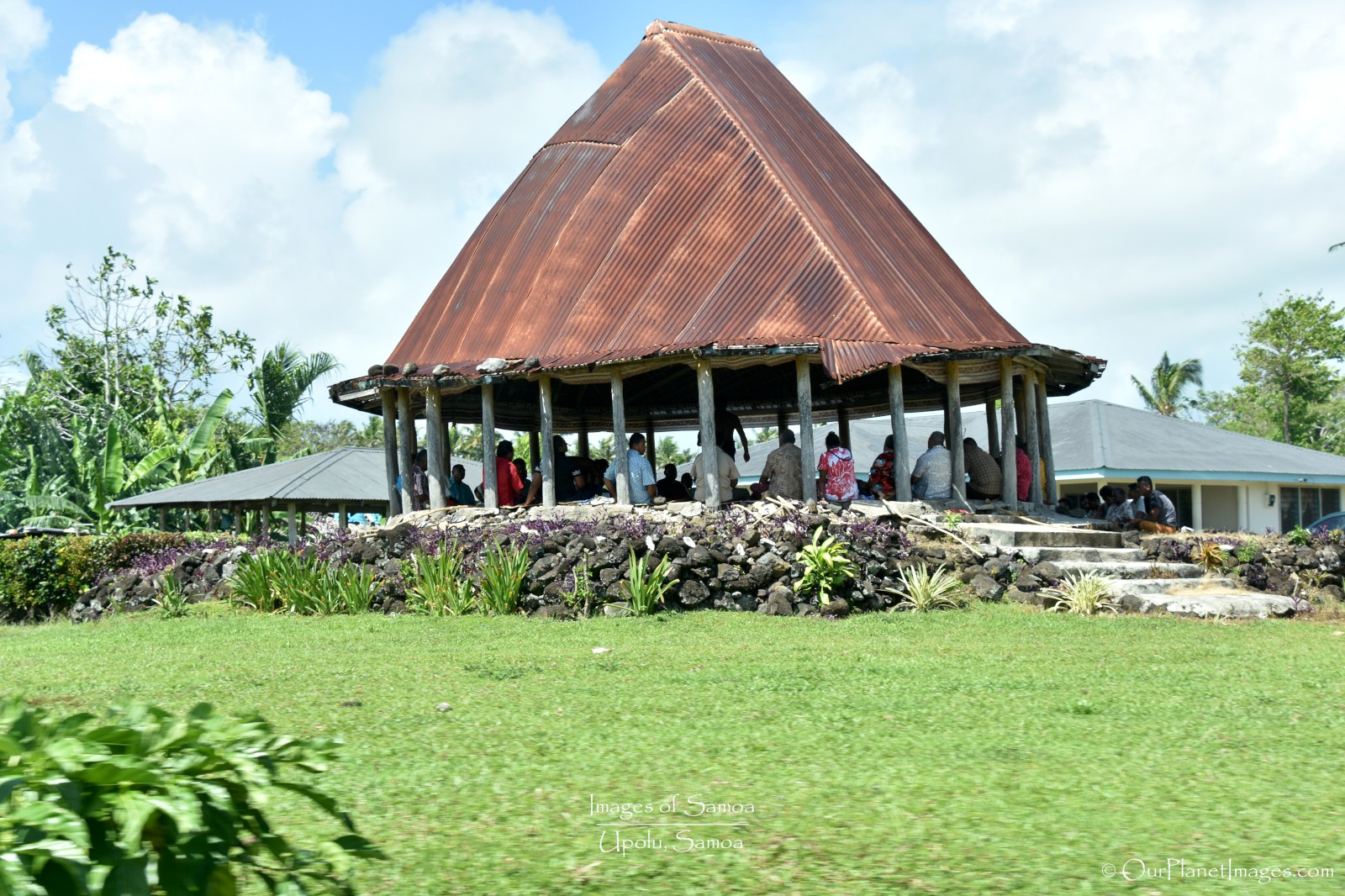
In the remote part of the island, people live right next to the jungle or on the beach. This is seen in the next few photos.
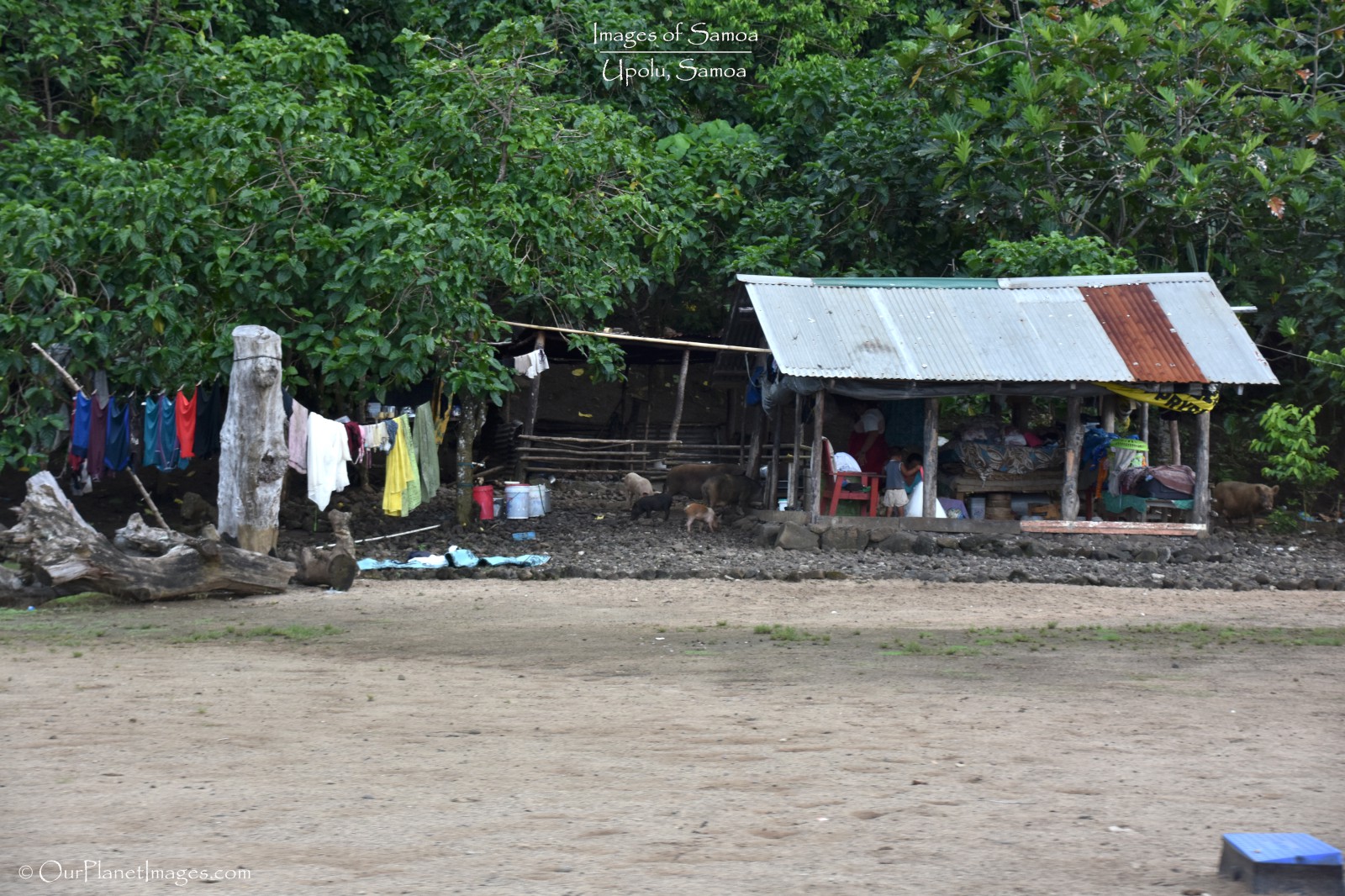
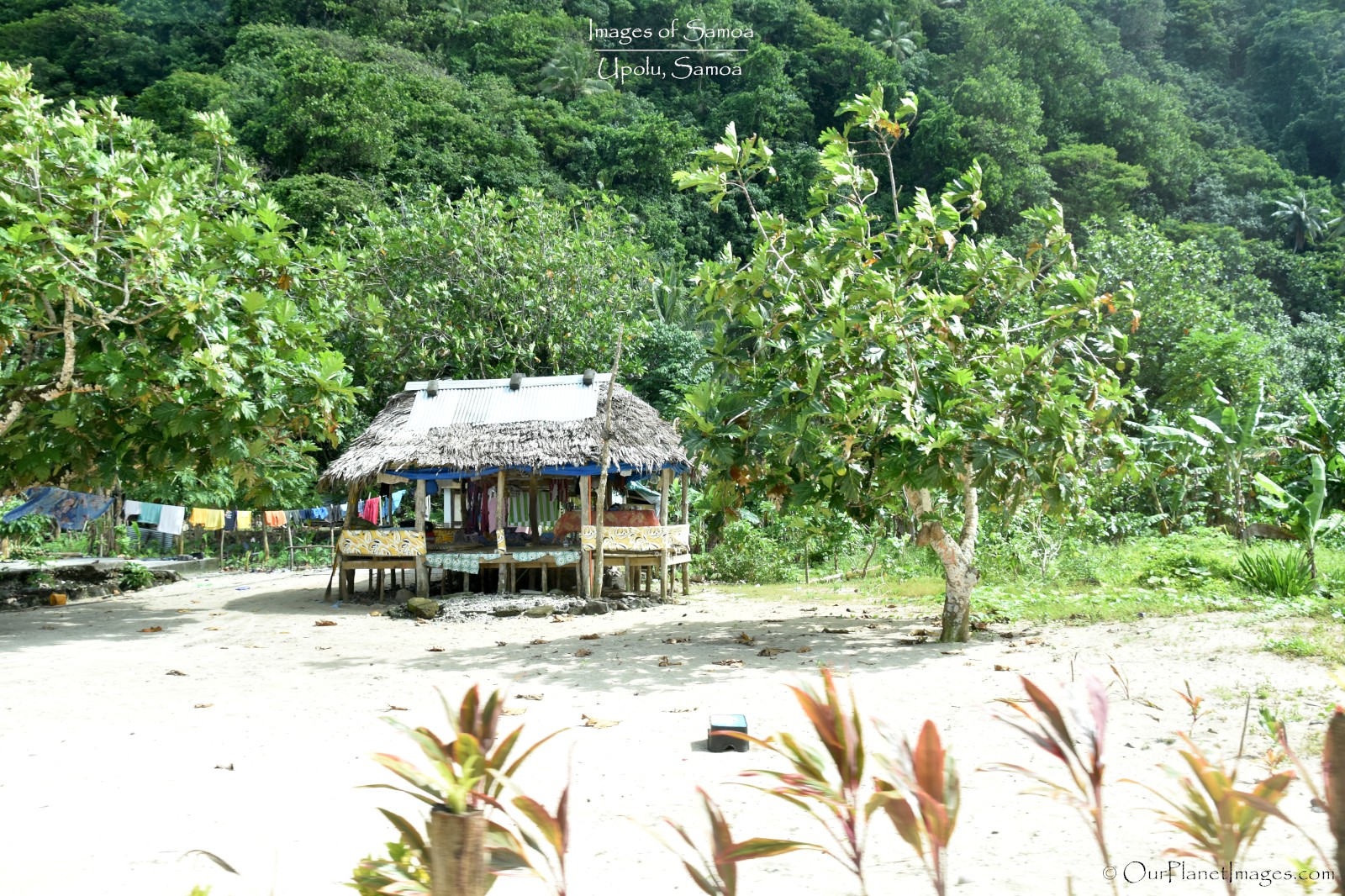
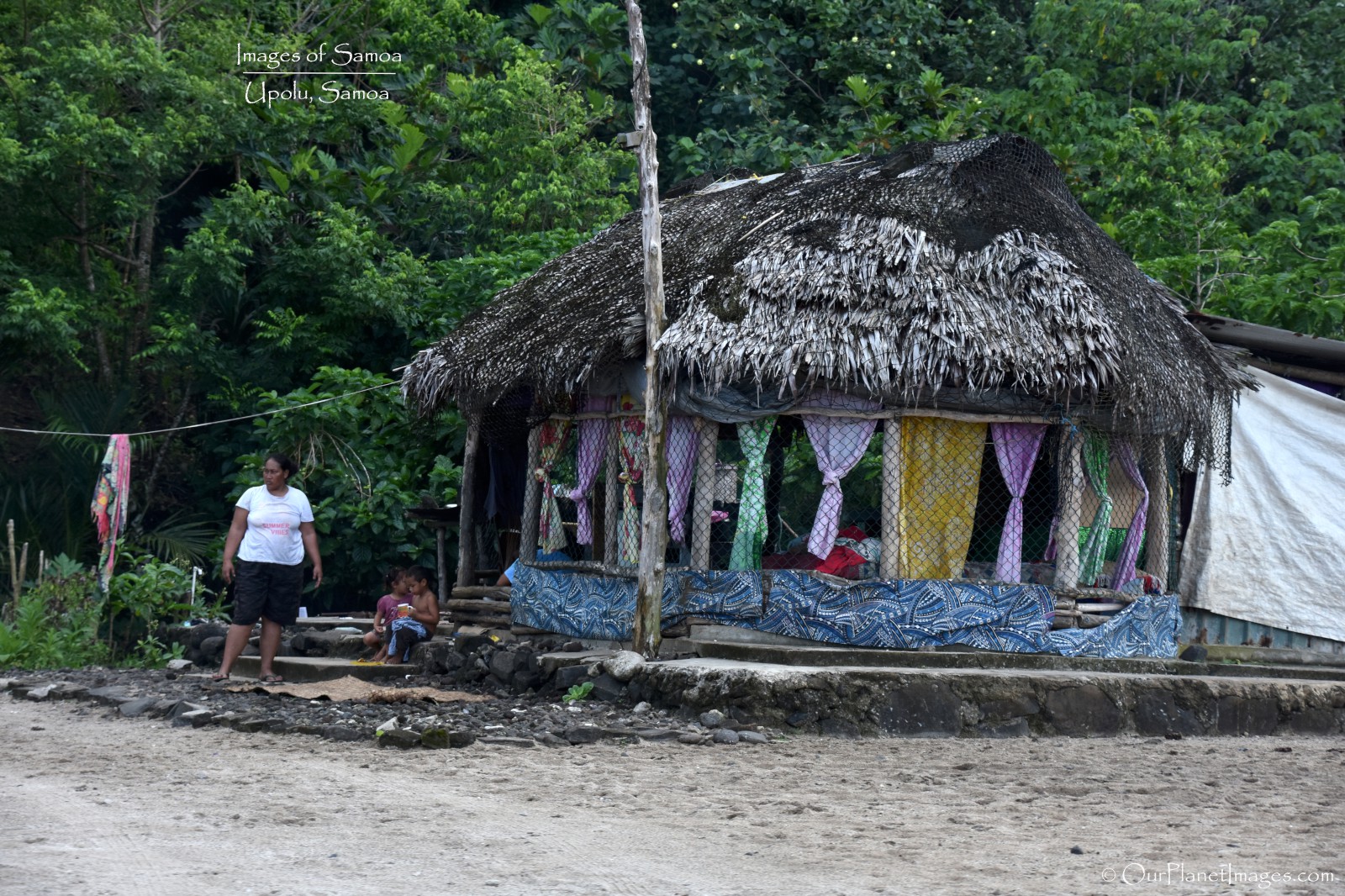
Gentle pace of life
Samoans are known for living a gentle pace of life and this was obvious in several places around the island. The next few images are of Samoans playing volleyball, cricket, walking to the store and walking along the roadway. Many of the people were wearing sarongs which is a piece of fabric that is tied around the waist and is called an ie lavalava. Ie Lavalavas are casually worn by both men and women around the house, to the store or anywhere in public. They are worn over whatever else they are wearing (jeans or shorts). My favorite photo from Samoa is the last photo in this set of a man walking with his son and holding hands.
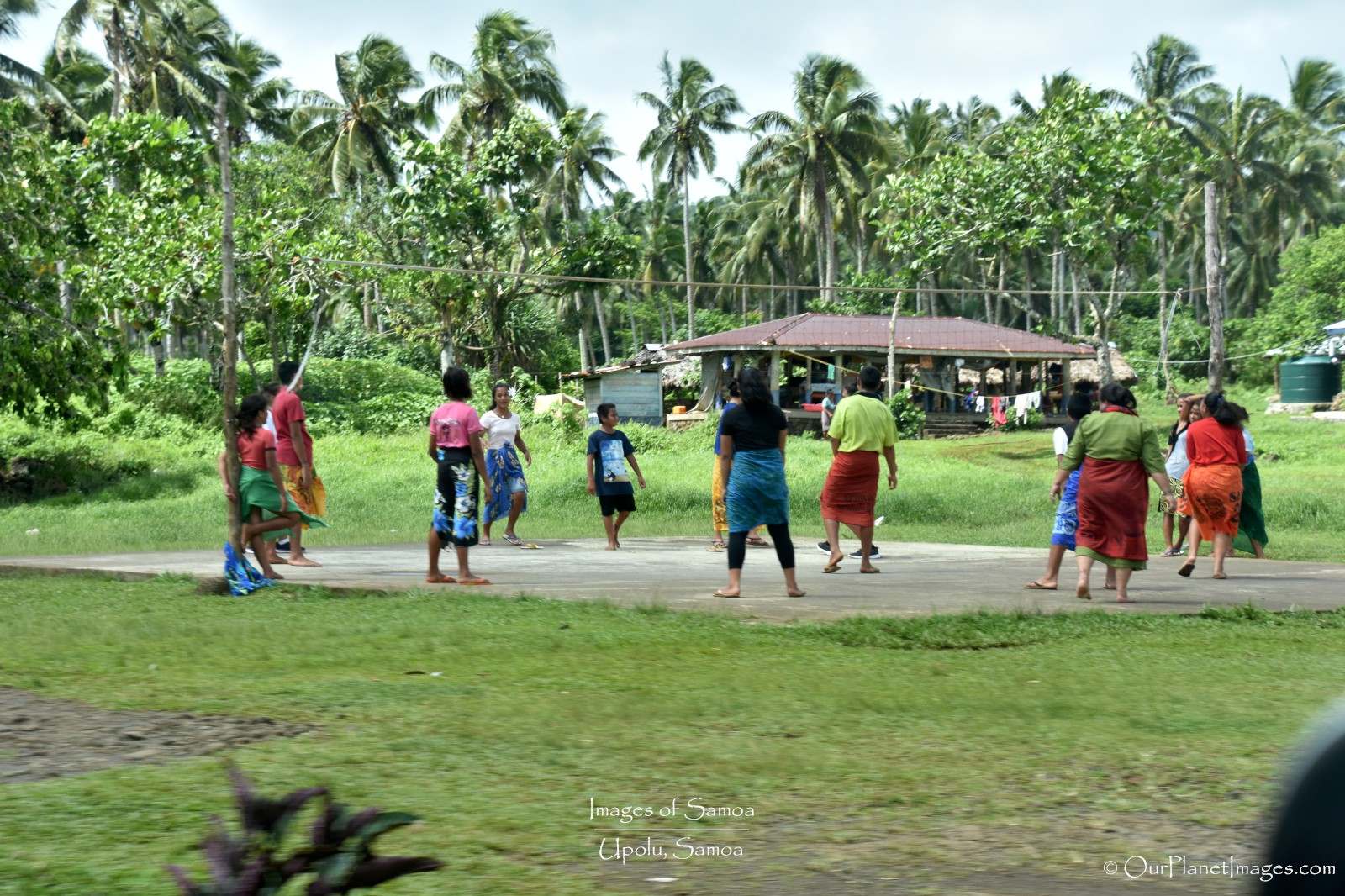
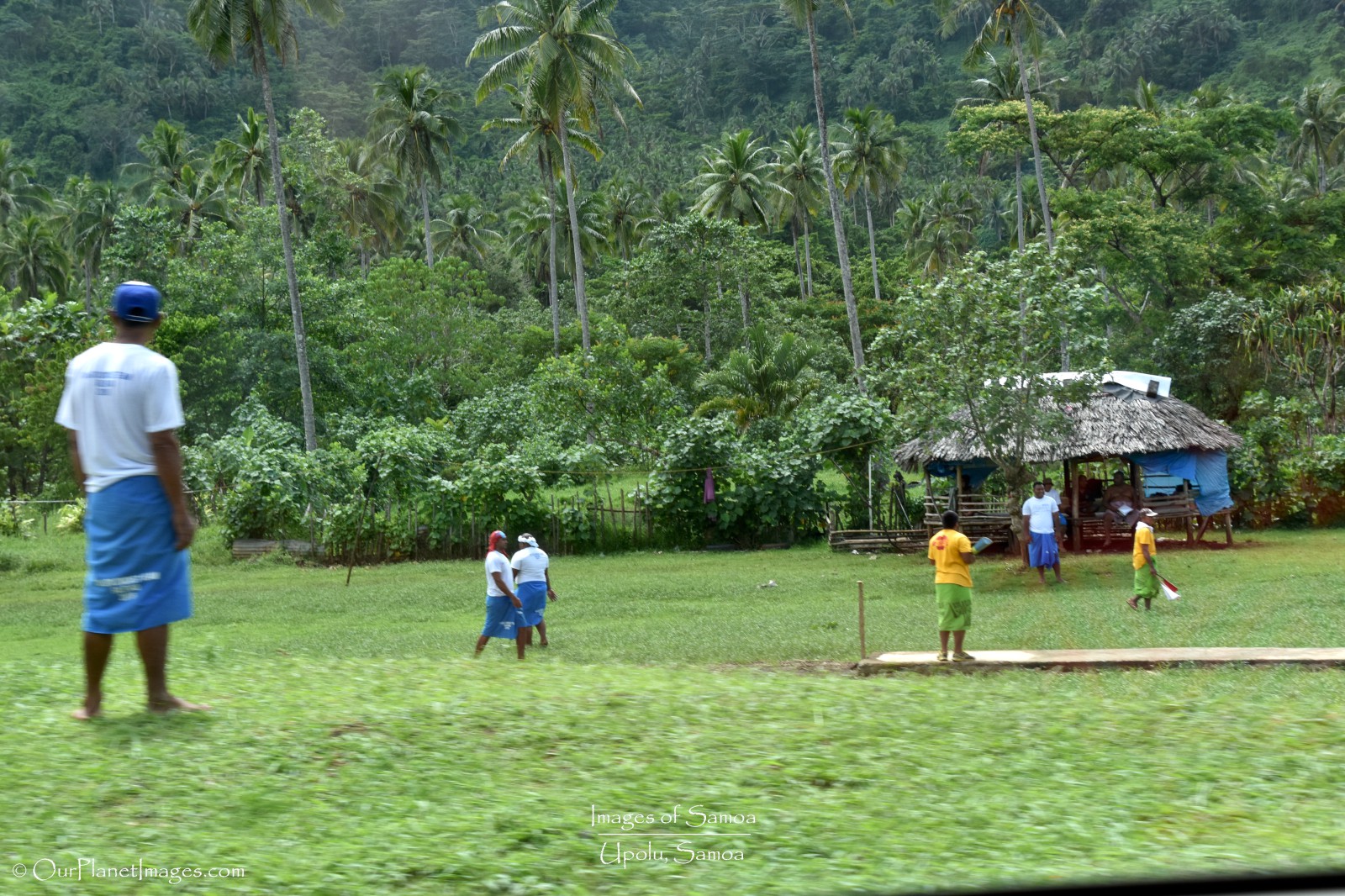
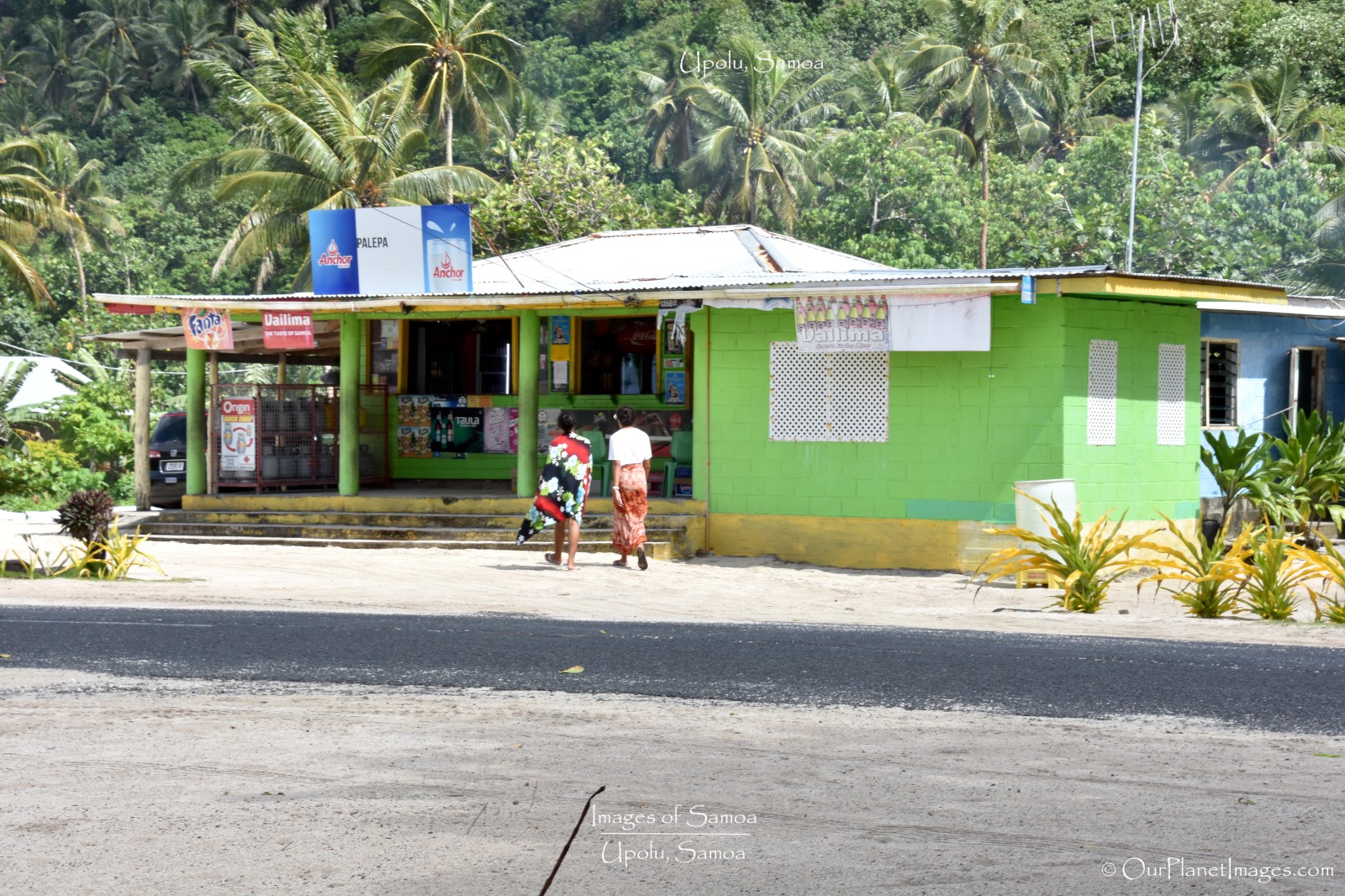
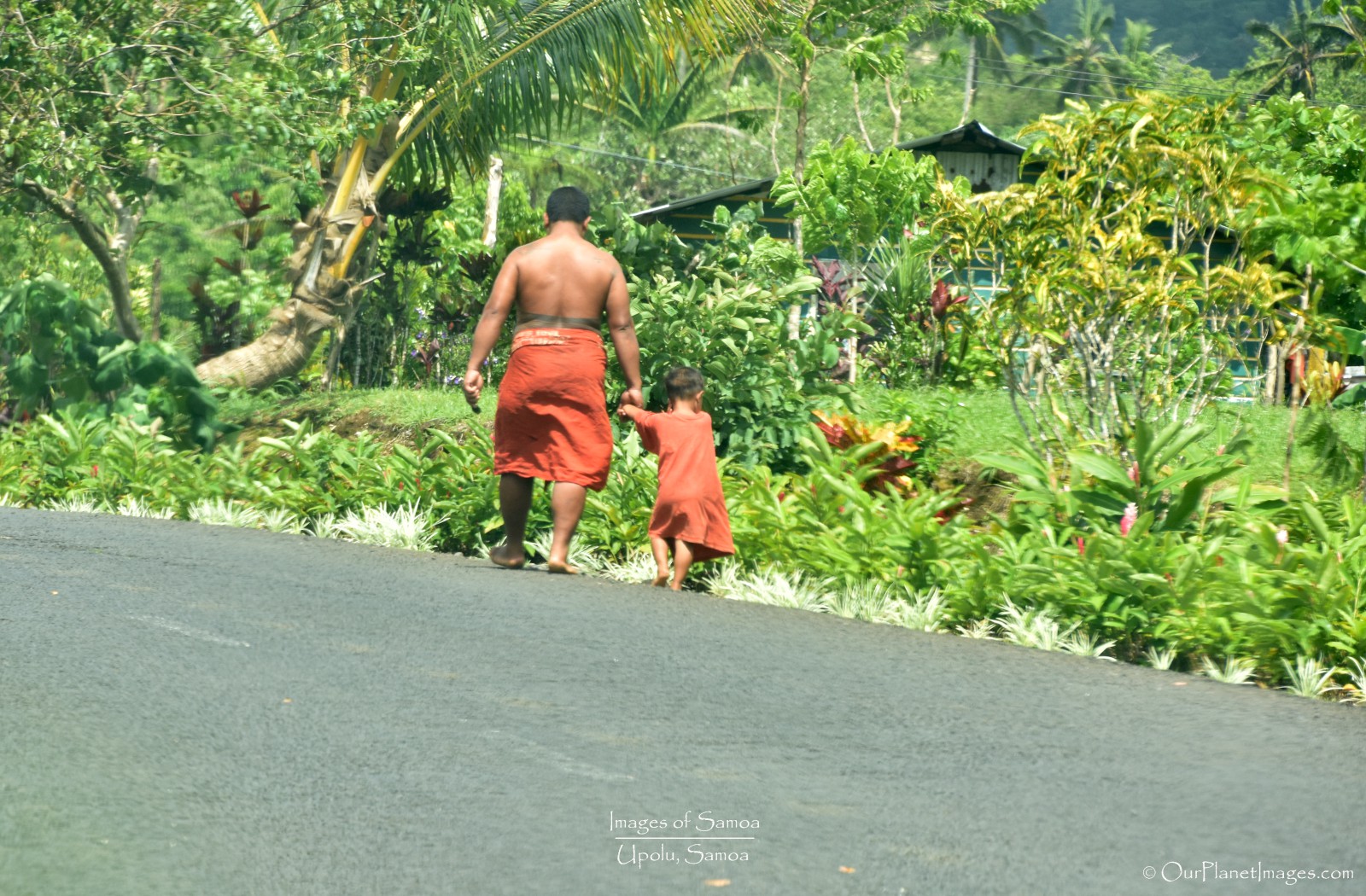
Waterfalls, Swimming holes and Beaches
Upolu is an island with lots of natural beauty. Waterfalls are scattered all around the island Papapapaitai Falls being easy to view by taking a short walk from the road.
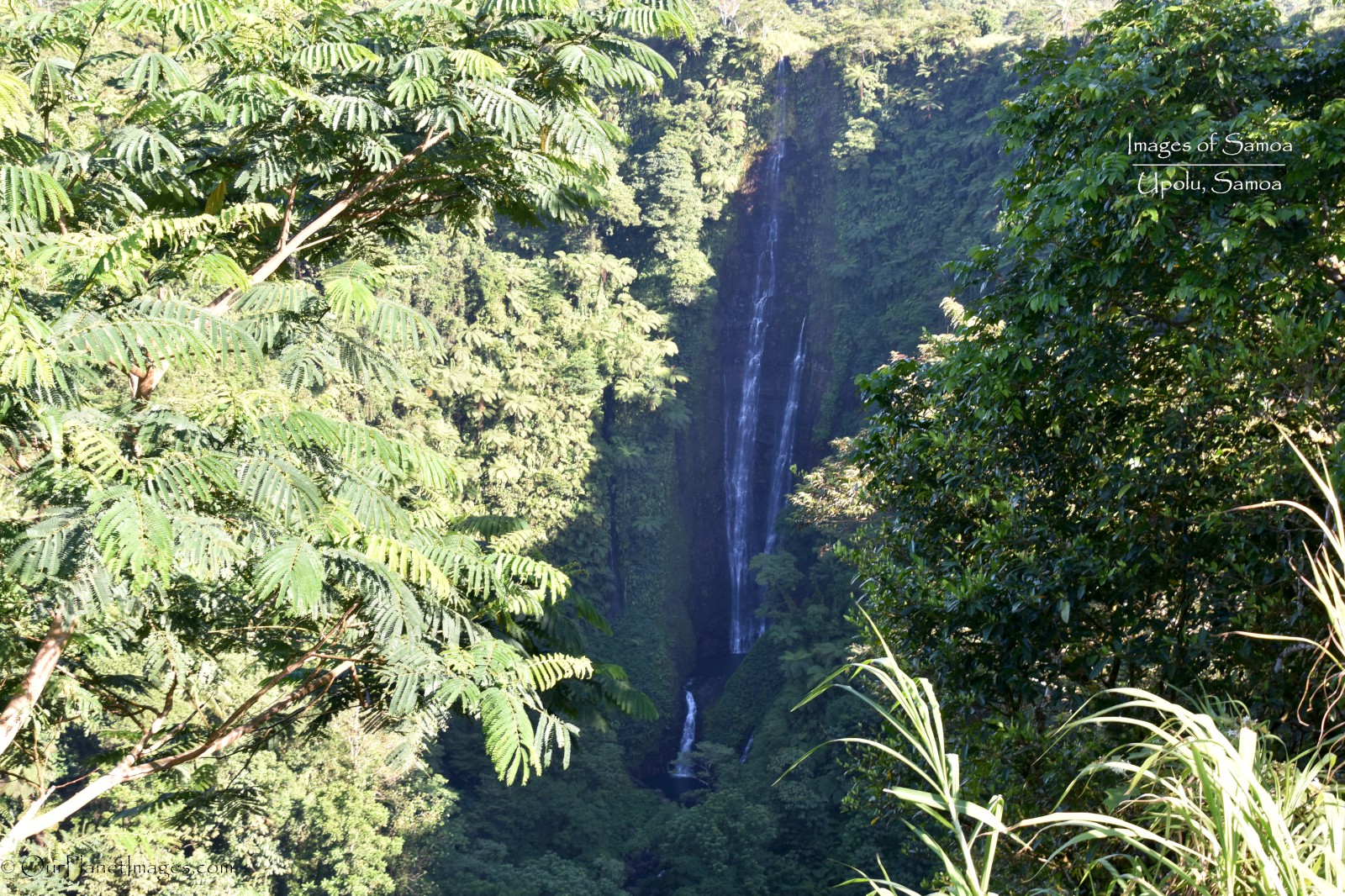
The island has several perfect swimming holes and To-Sua Ocean Trench is a perfectly calm swimming hole with tropical vegetation completely surrounding it.
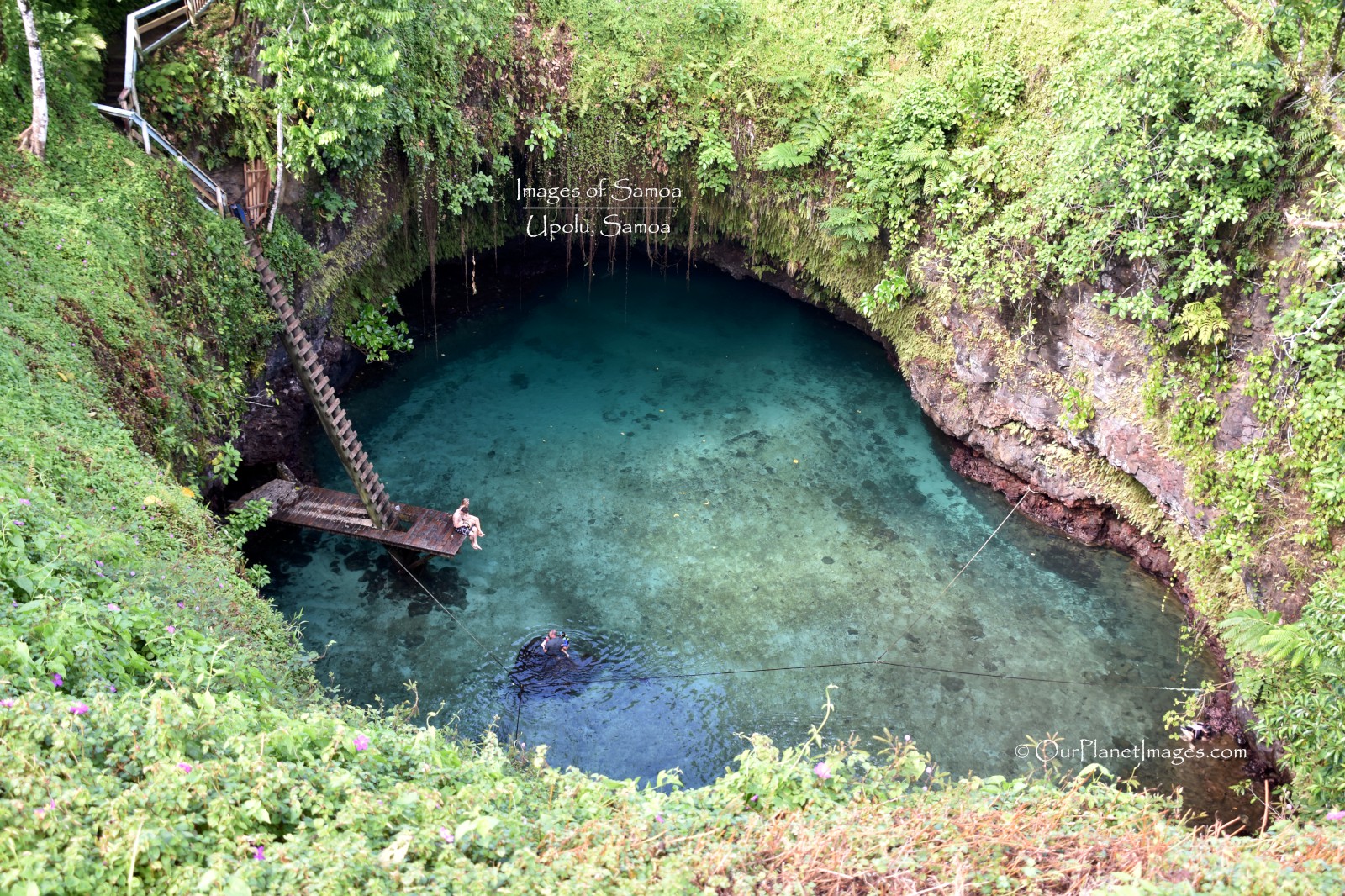
It would be hard to have a post about a South Pacific Island without mentioning palm fringed beaches and turquoise waters. Yes, Upolu has these also. The two photos below are from the south coast of Upolu.
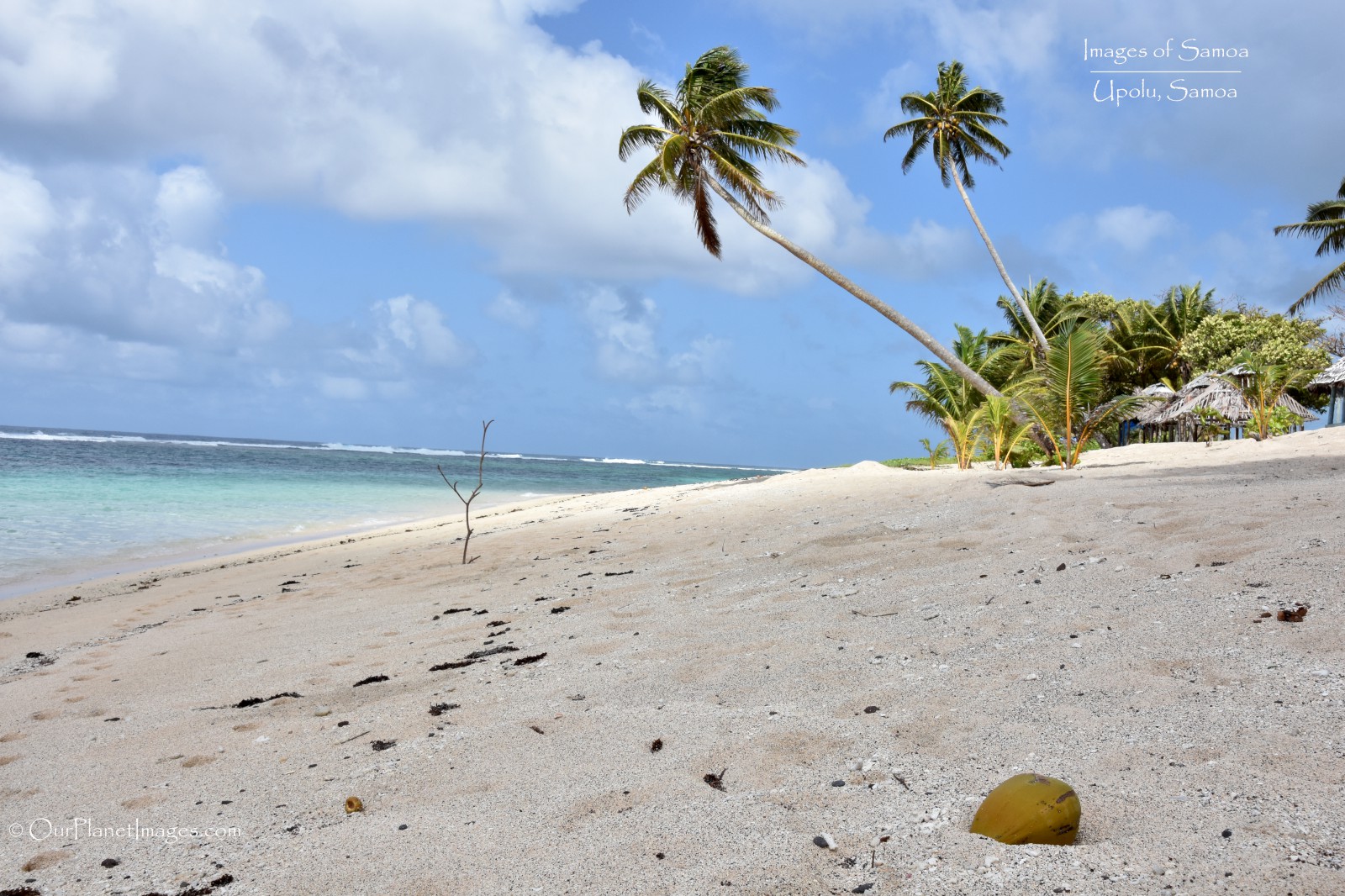
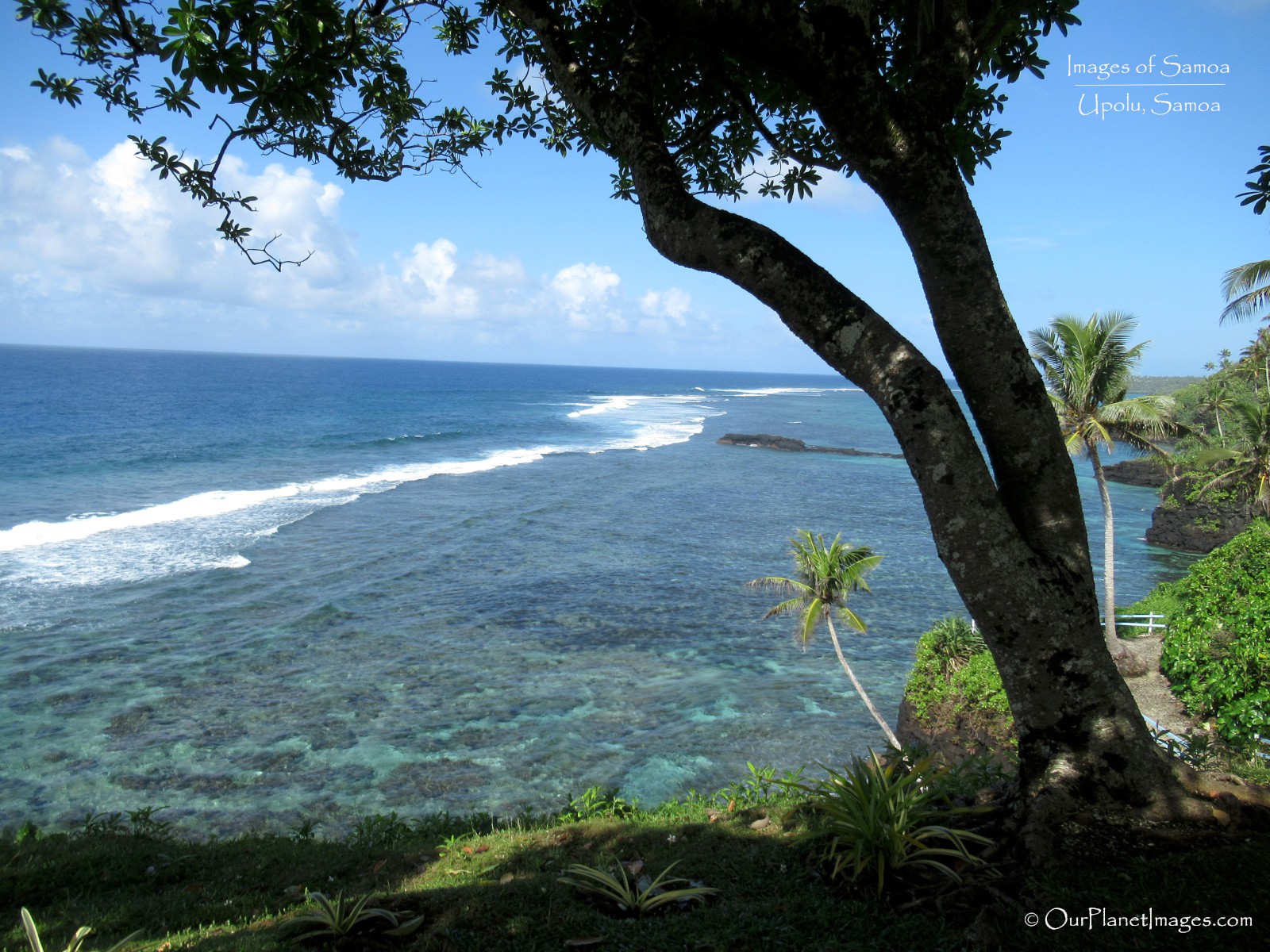
Driving the Island
Driving around the island is a pretty drive. Some places are lined with tropical plants and other places cut through the middle of the jungle.
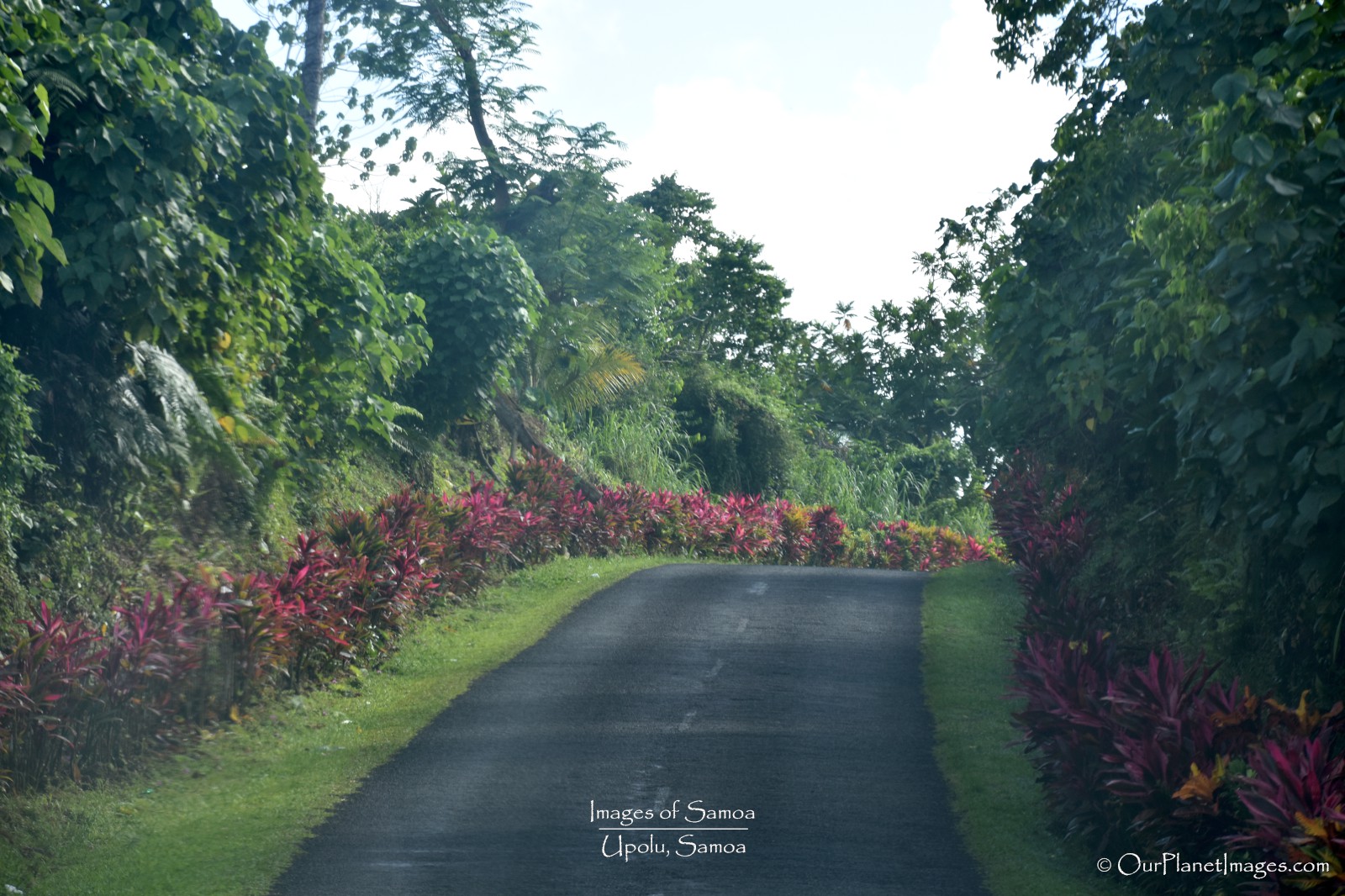
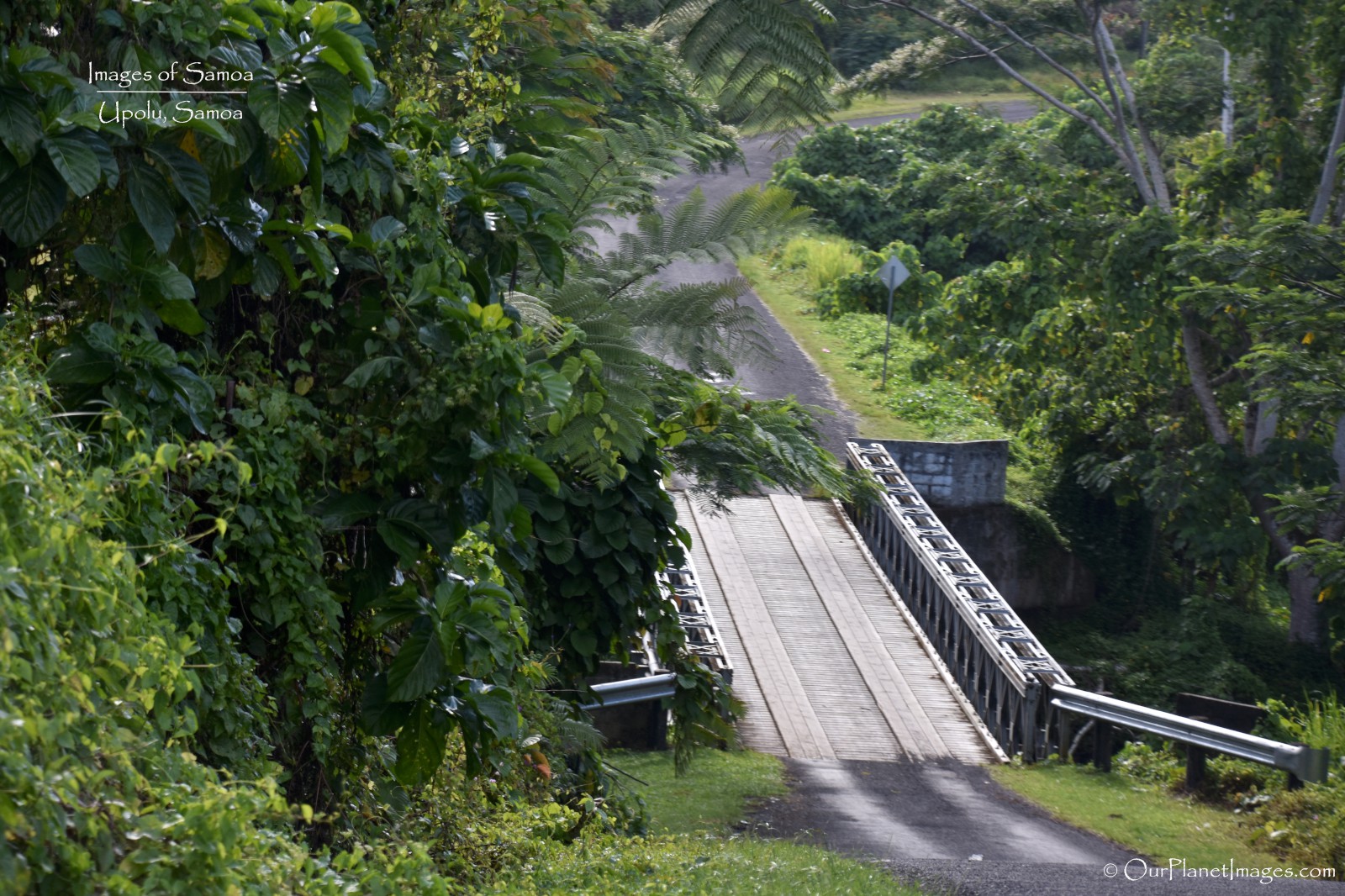
One of the interesting thing that I noticed was the road markers that were used to identify curves in the road. Yellow painted bamboo with a white painted coconut on top identified when the road made a curve. These items are natural to the island and it shows that something simple can be effective.
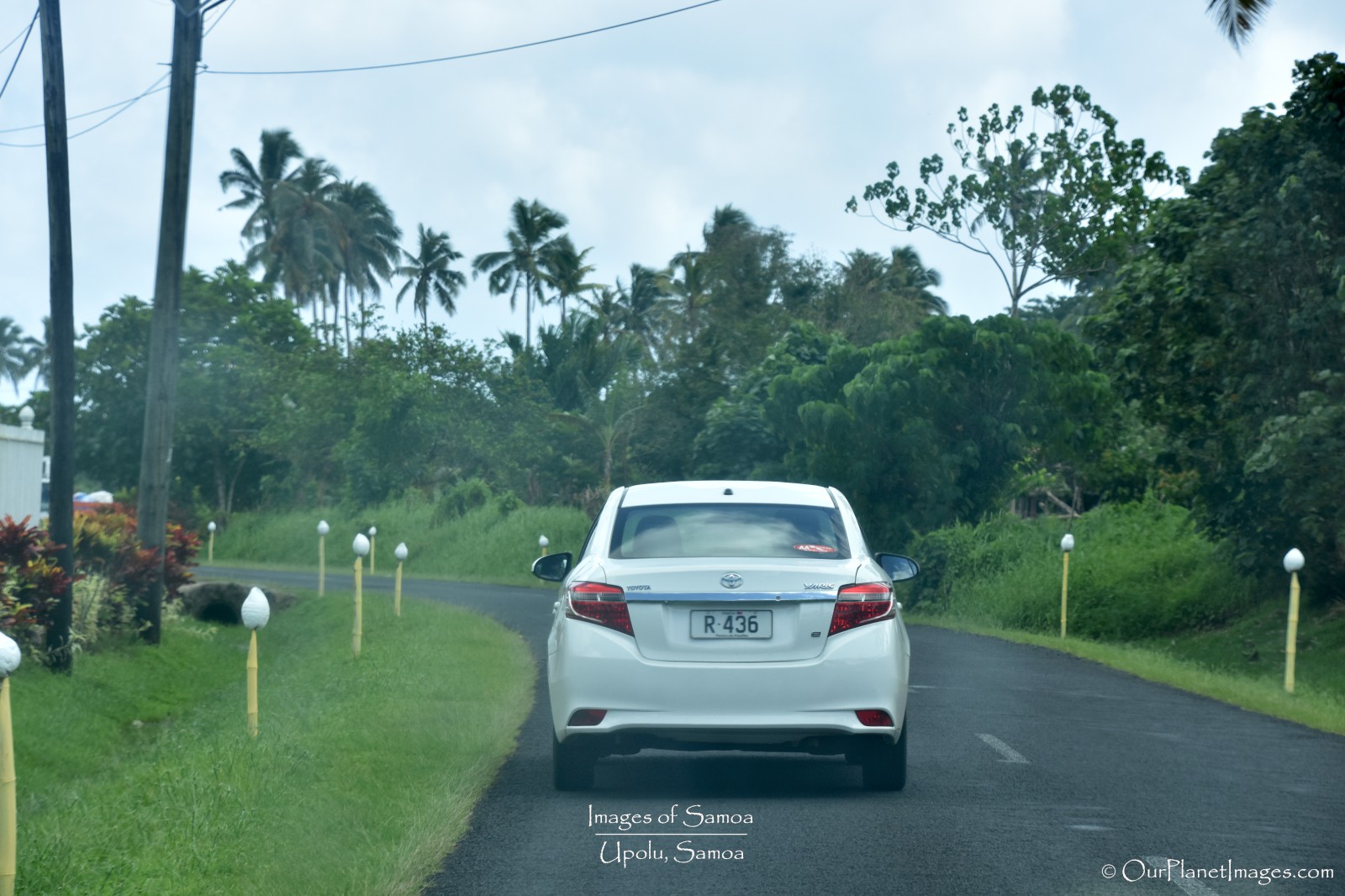
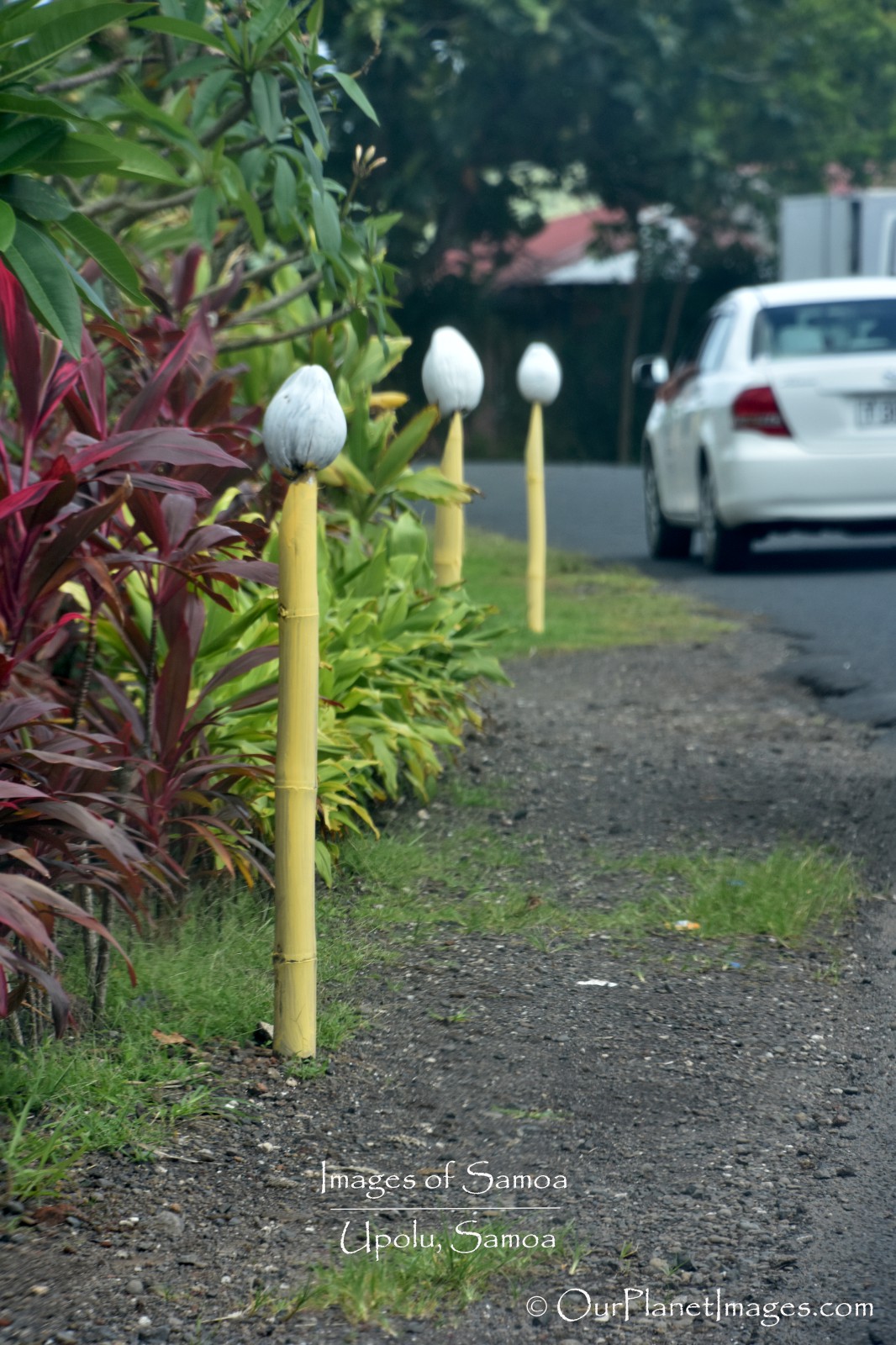
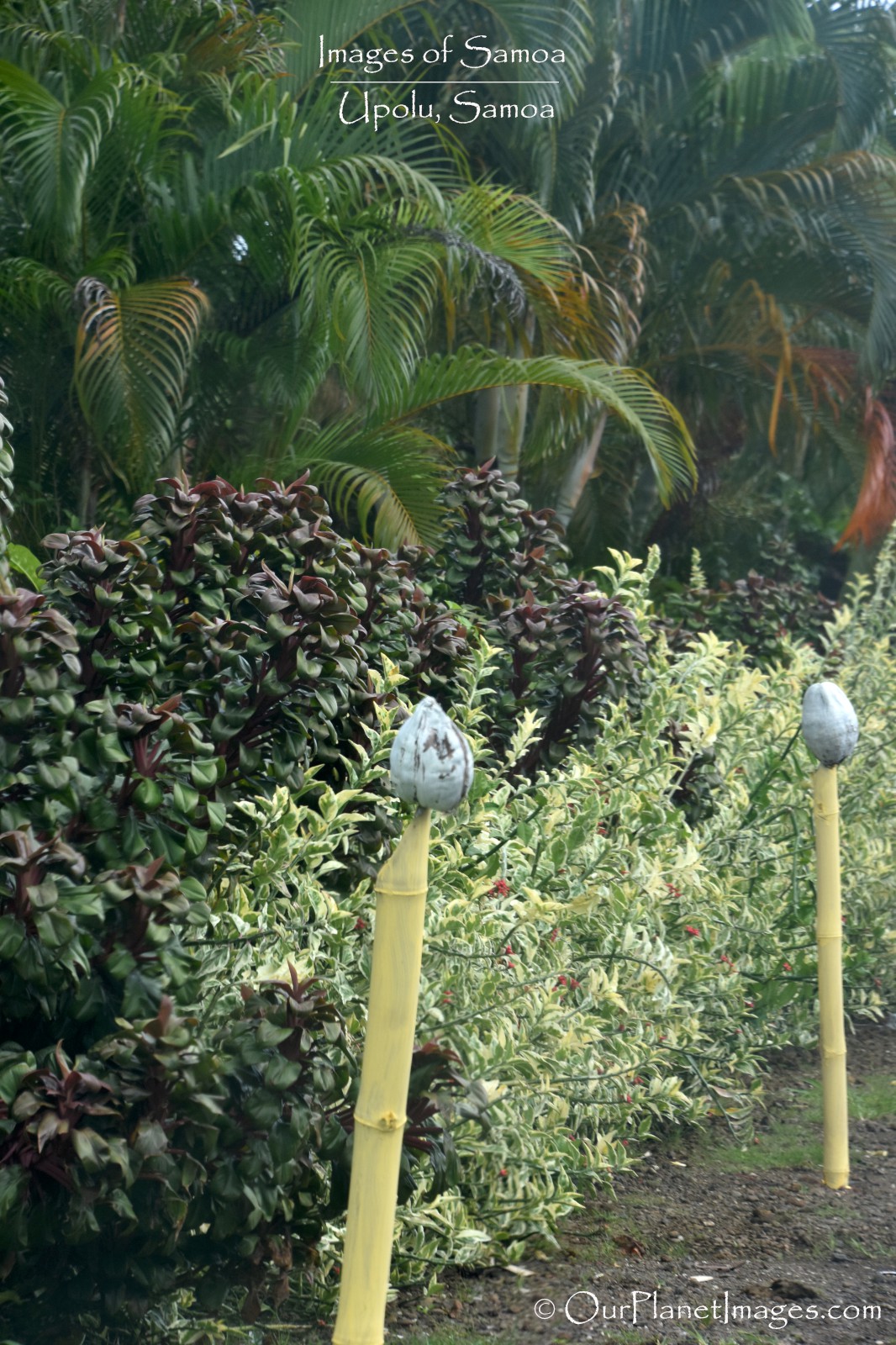
Lush Tropical Mountains
A large portion of the island is in its natural state. Steep mountains covered with thick jungle make the island the tropical paradise that is expected from a South Pacific Island.
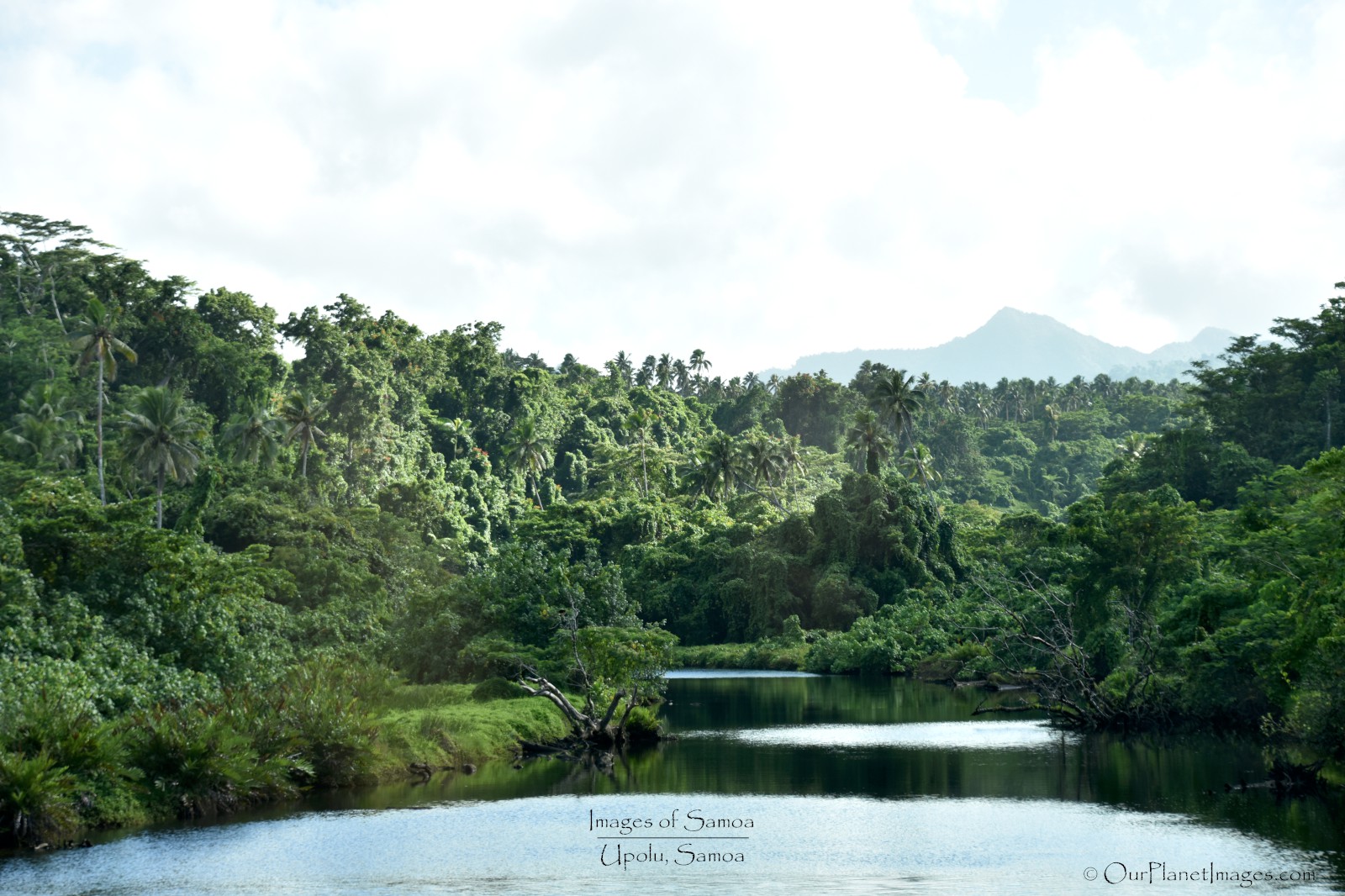
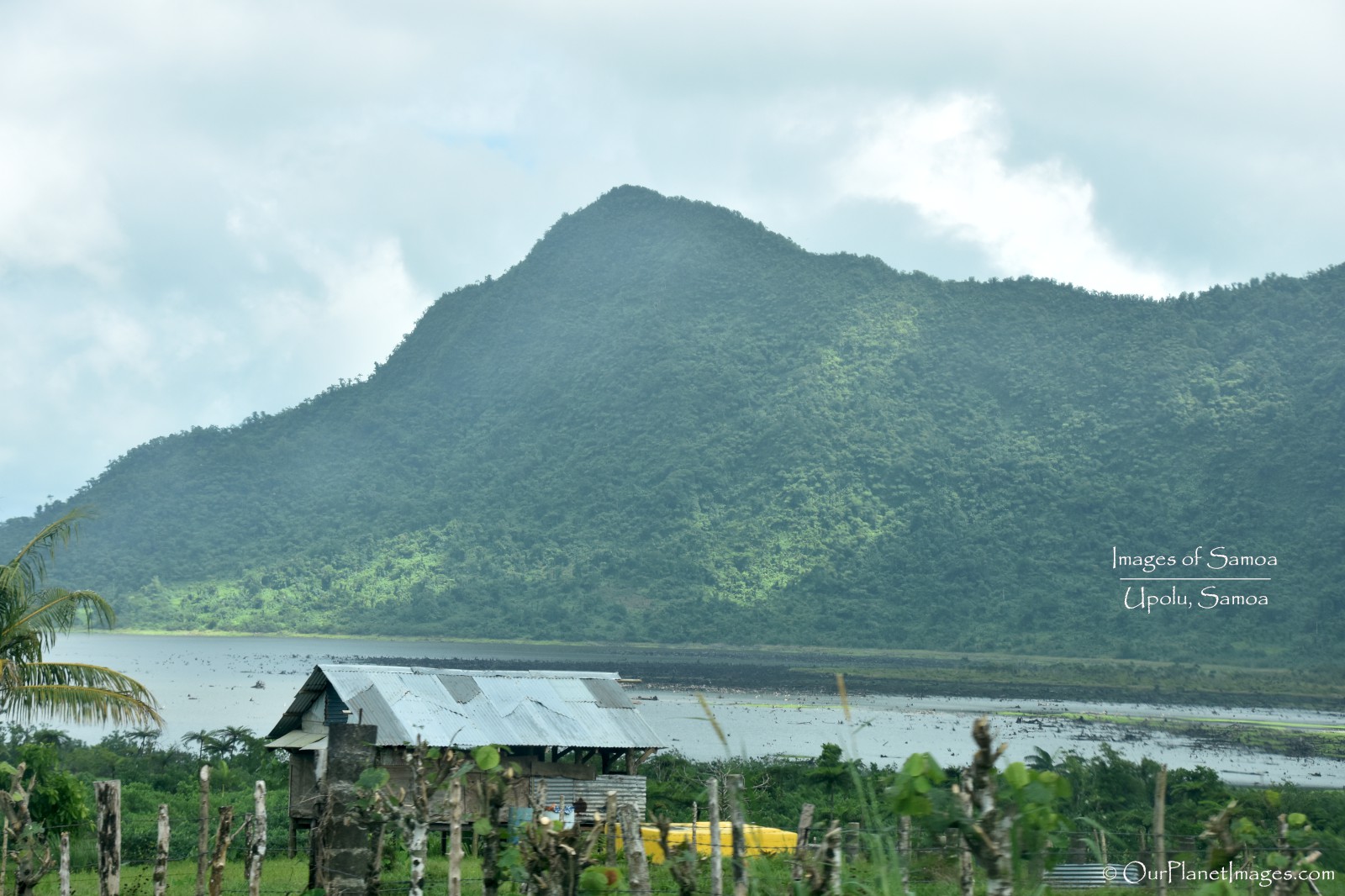
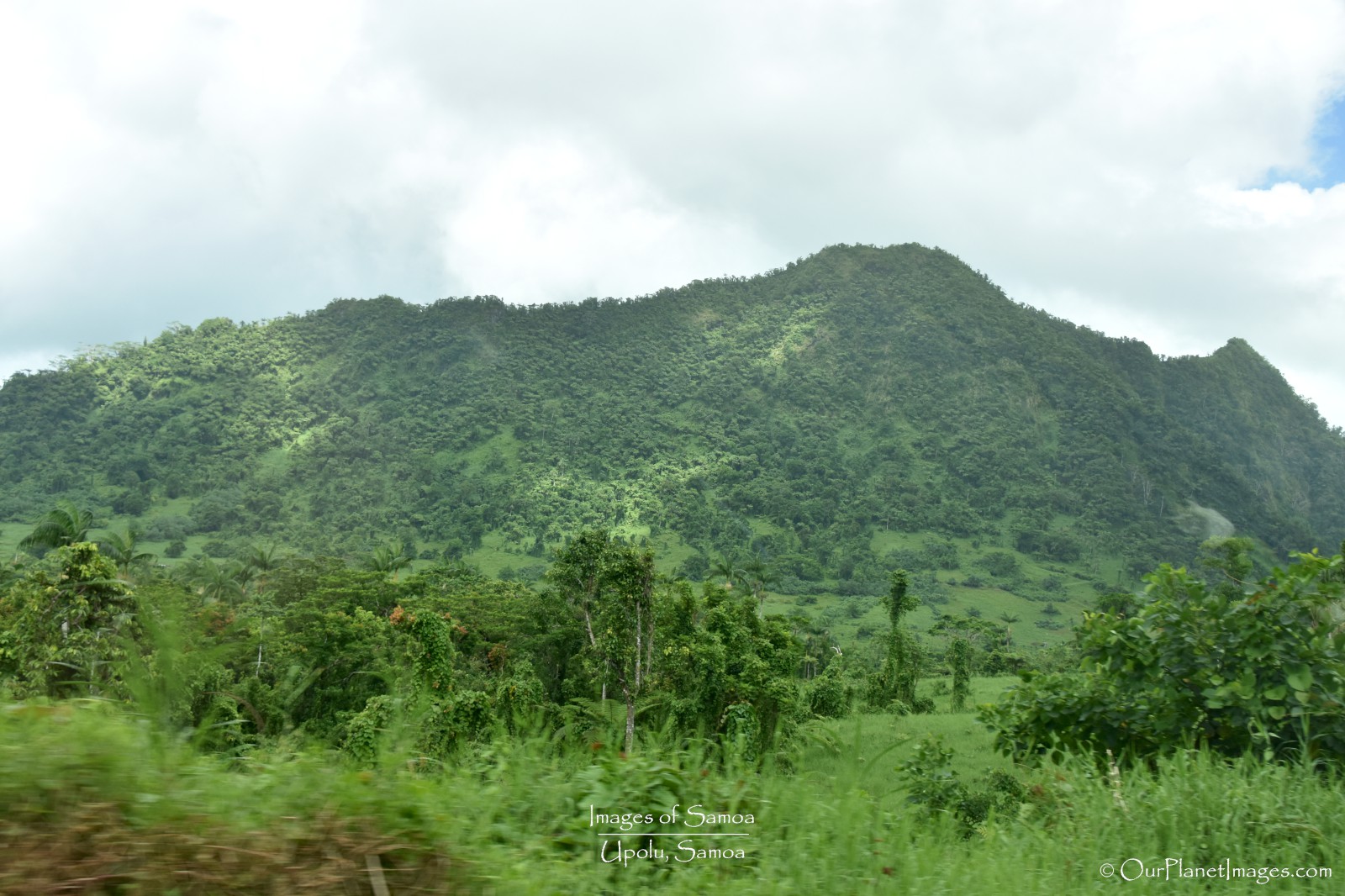
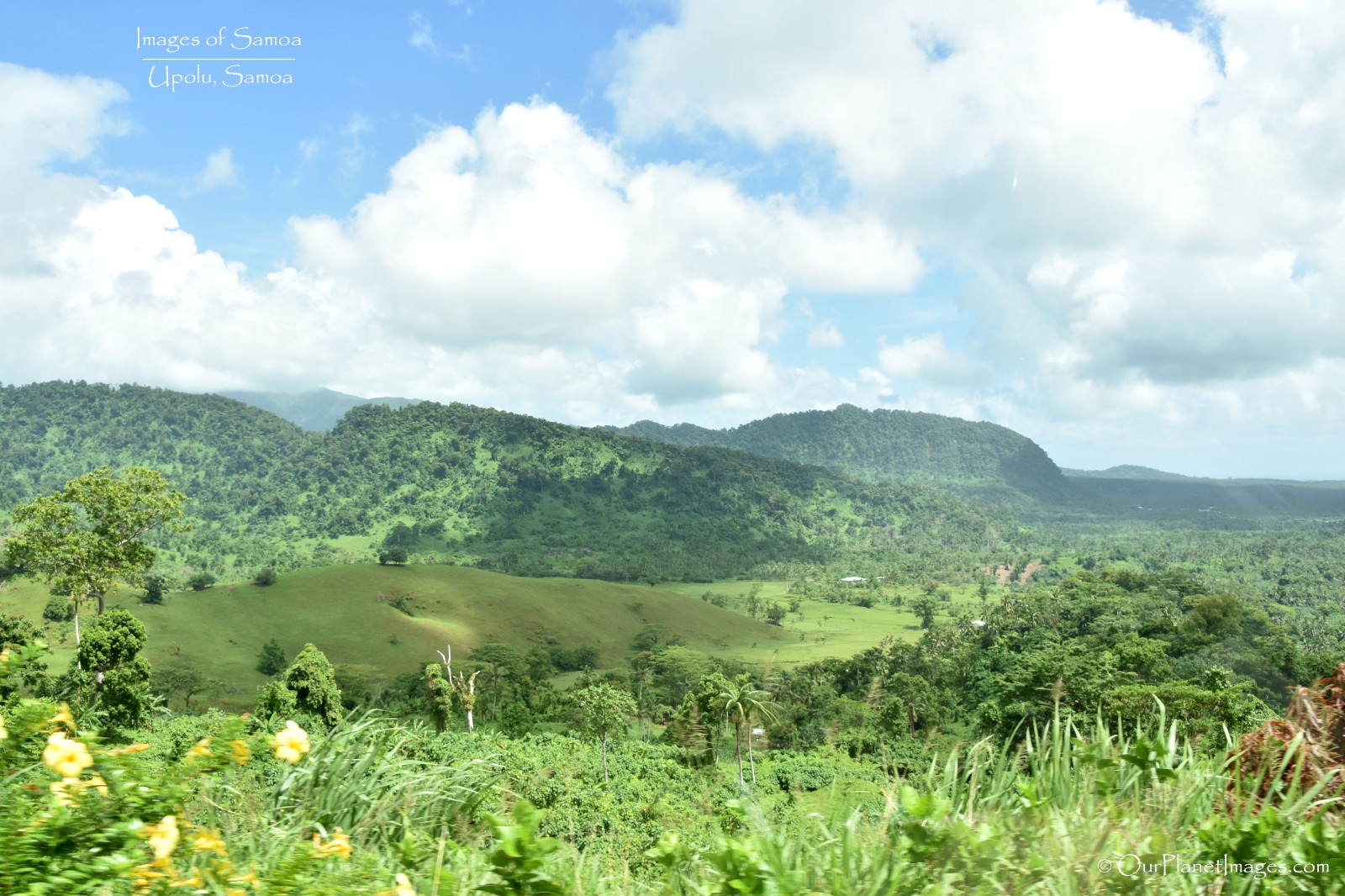
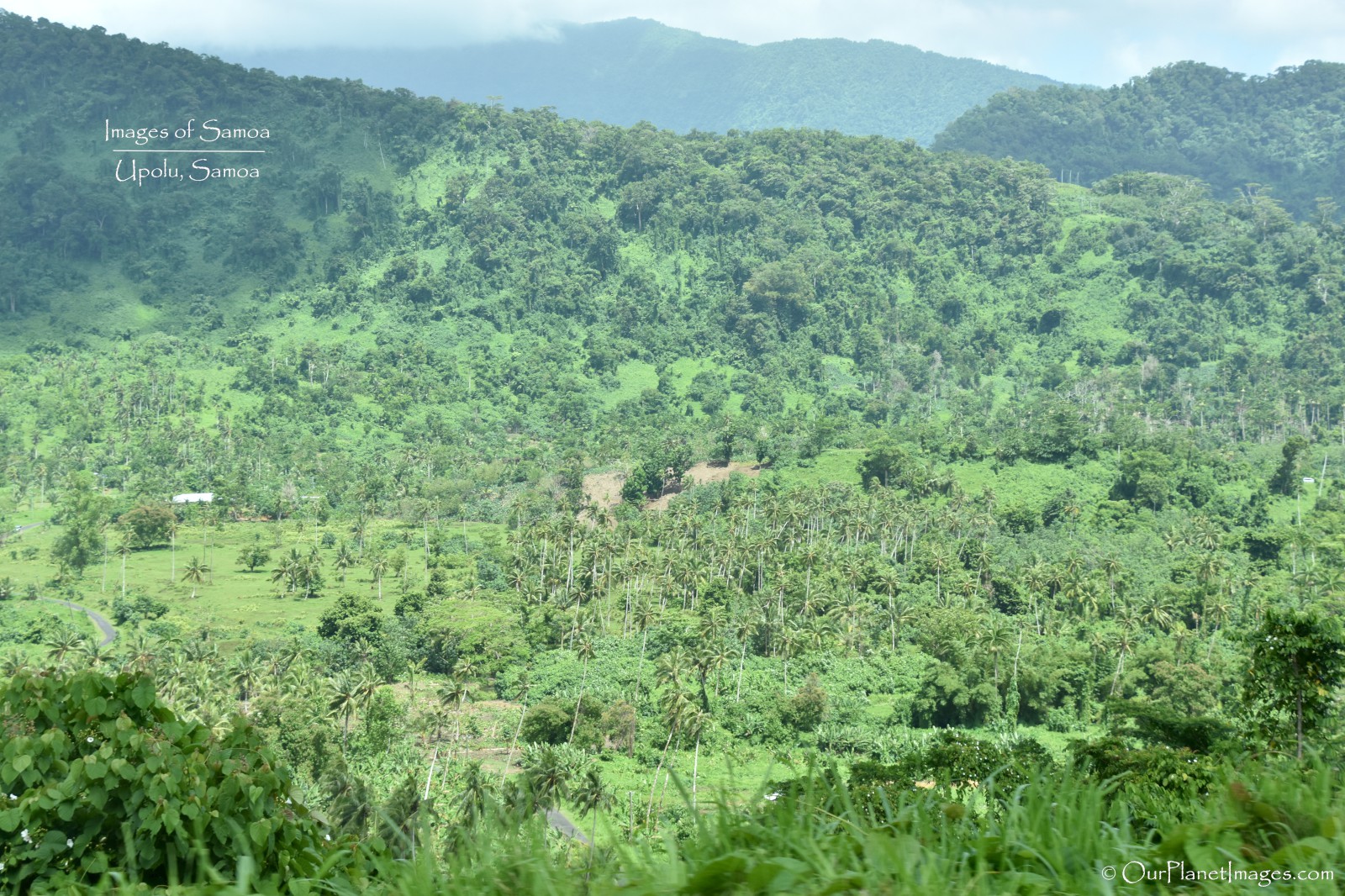

Churches
It was hard not to notice the abundance of churches around the island. Every small town has a church in the center of the town and they were larger than I expected for the size of the town.
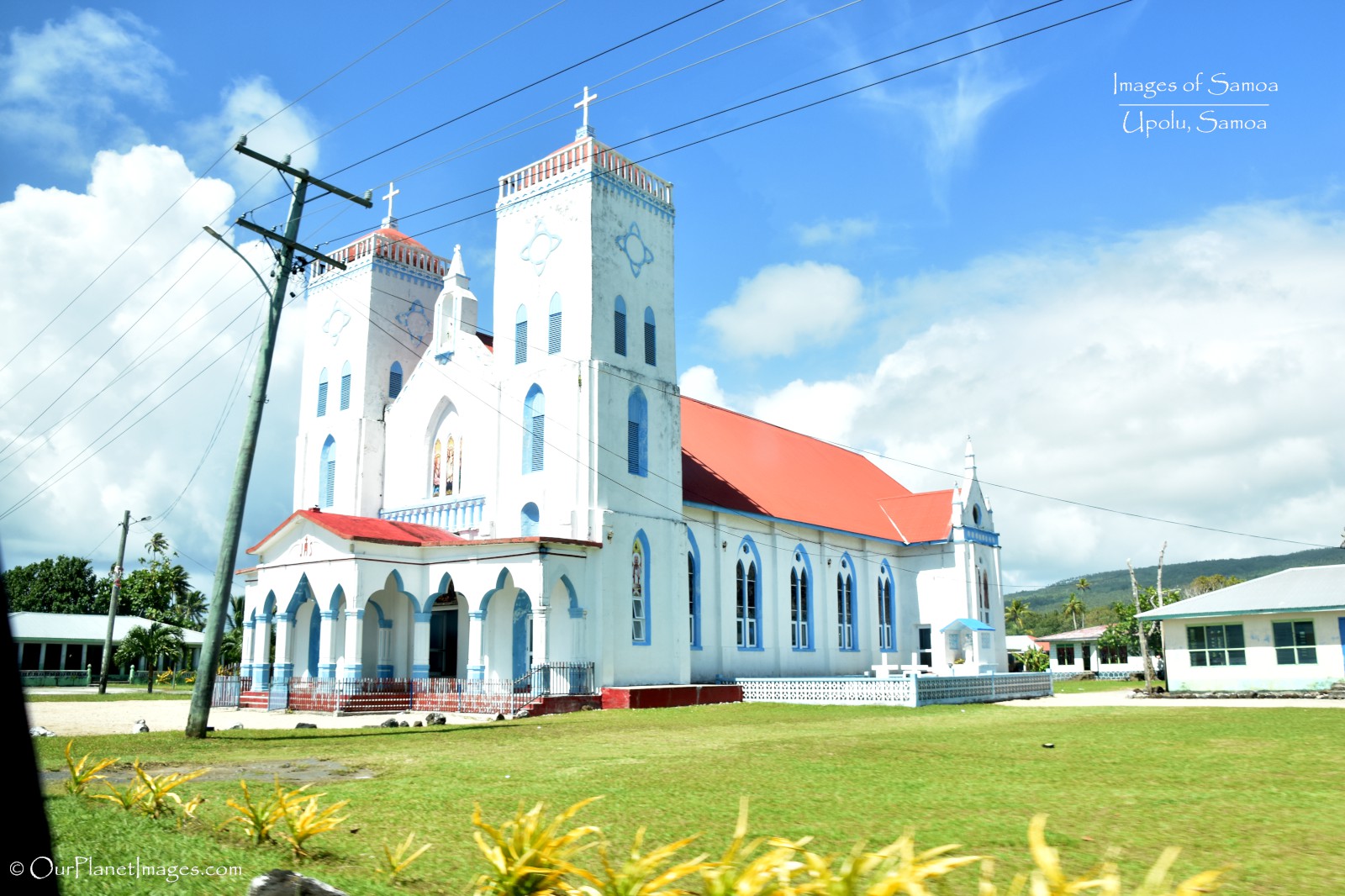
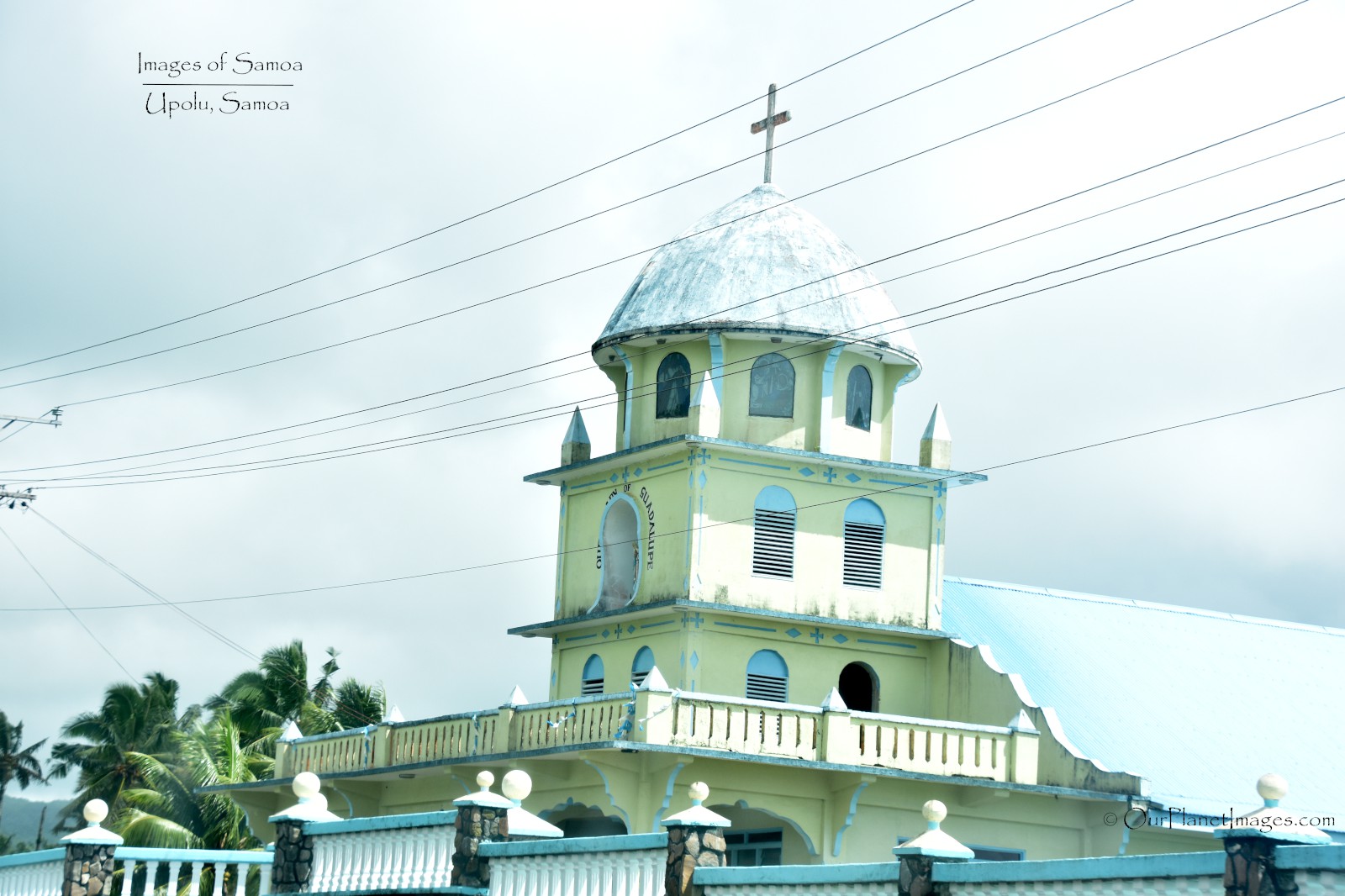
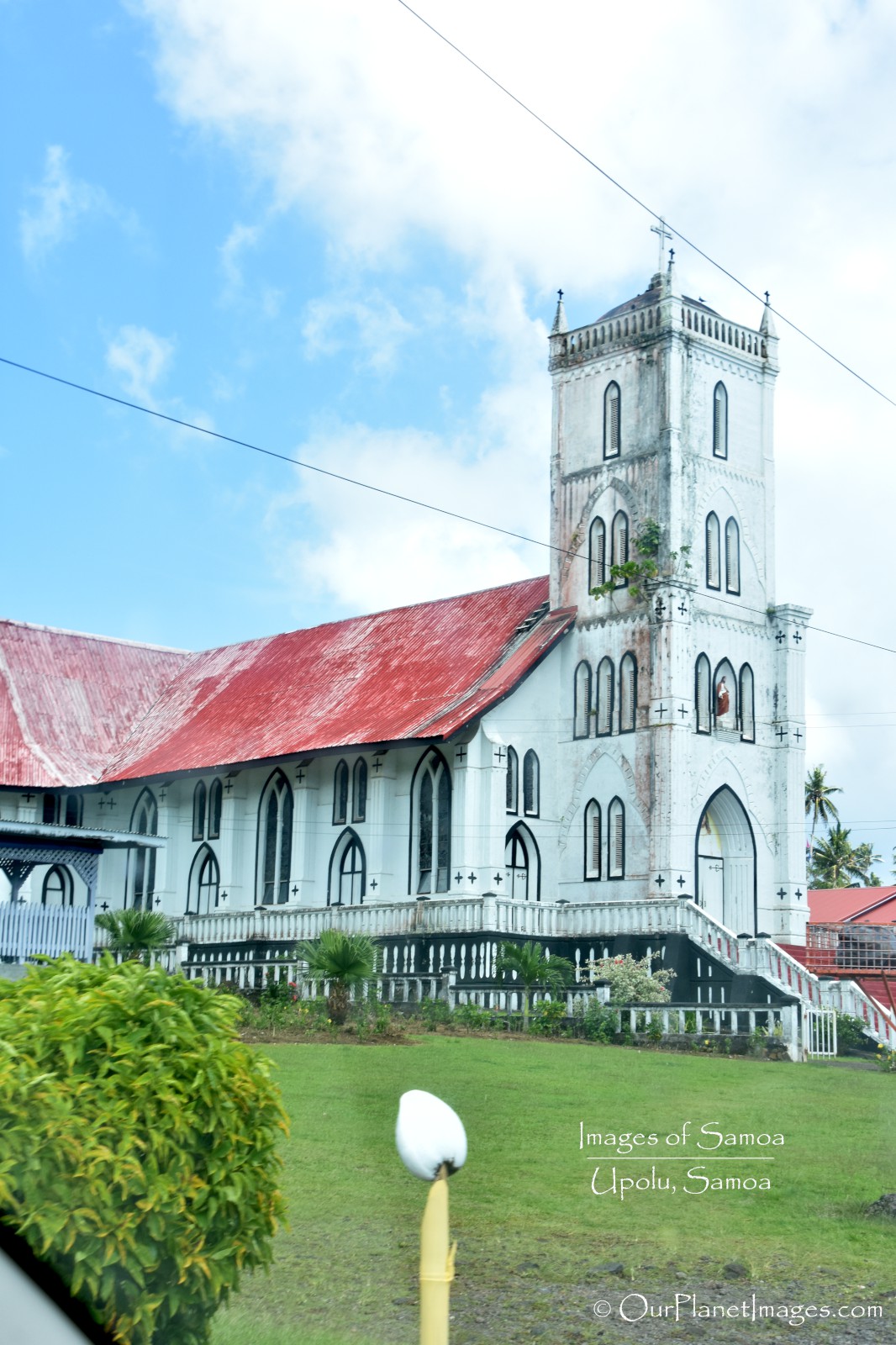

Clock Tower
Apia is the capital of Samoa and in the center of town is a clock tower that can’t be missed. It was built in the 1920s as a memorial for the nearly 9000 Samoans that died in the 1918 influenza epidemic. Since World War I, the town clock has also served as a monument to the Samoan soldiers who fought in WWI. Every year on ANZAC Day (April 25th), a dawn parade and vigil is held at the Apia Town Clock in remembrance of the Samoans who joined the Australian and New Zealand forces.
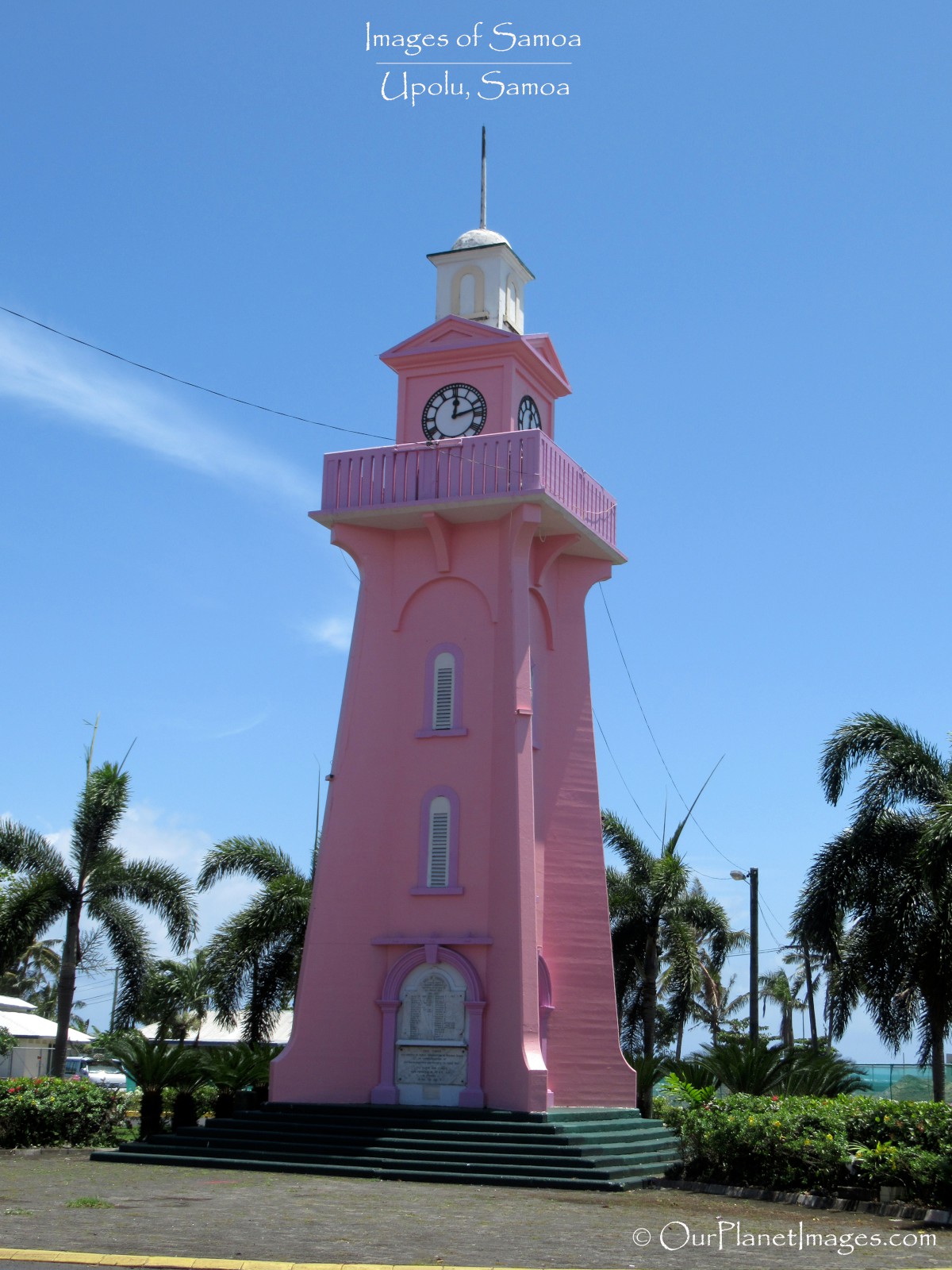
The Dust on My Shoes
Samoa has a lot of what you would expect from a South Pacific Island: white sand beaches, beautiful turquoise water, tropical covered mountains with cascading waterfall and laidback people.
Samoa is a great place for outdoor enthusiasts. It is a place where nature can be experience the way that it was meant to be. It is easy to find beaches with no one to share it with, snorkeling without bumping into other swimmers and hiking through unspoiled tropical jungles while listening to noises only made by the wildlife.
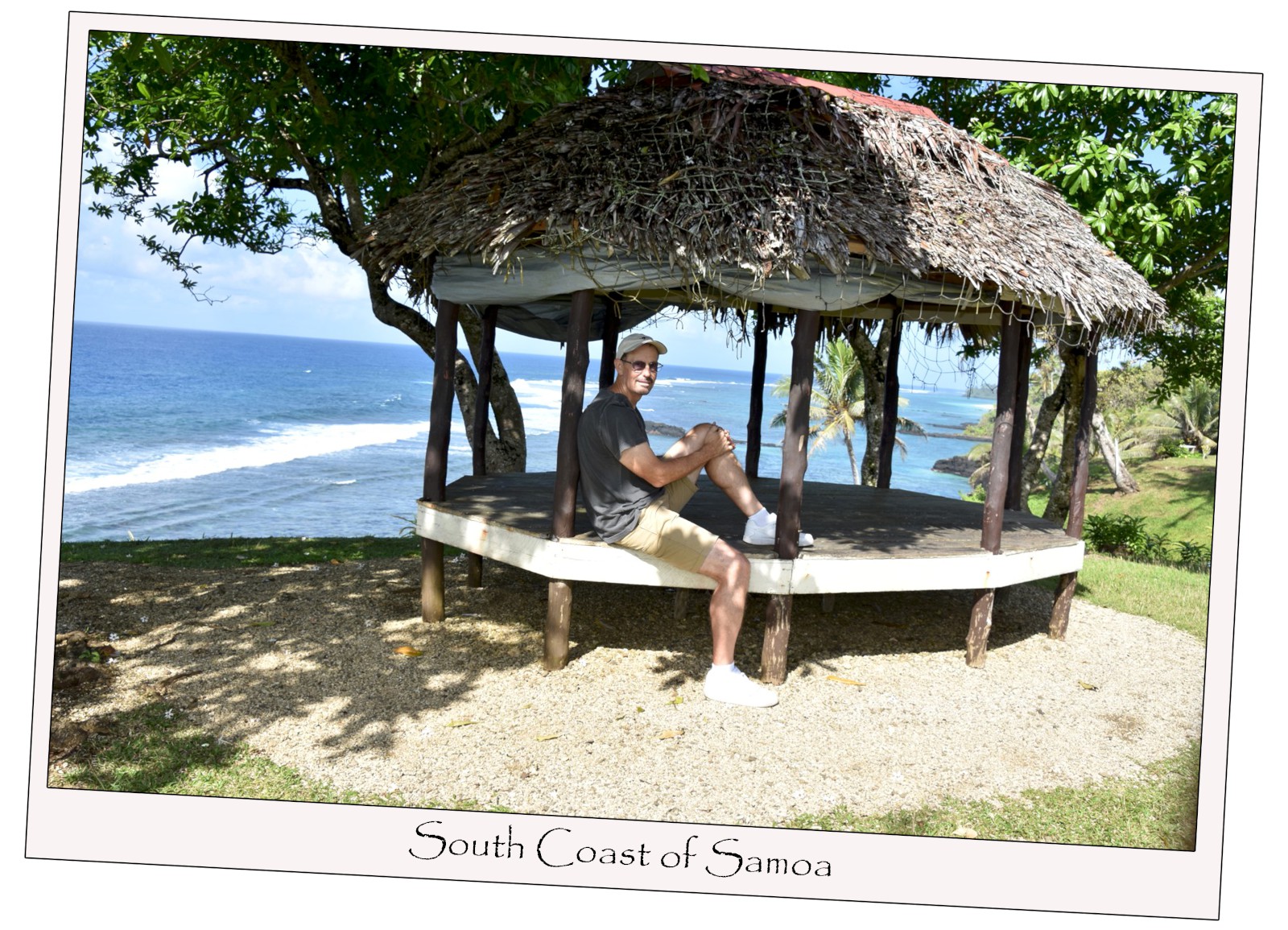
Everything in Samoa is still natural and has not been commercialized. There are no big resorts, fast food restaurants and best of all there are no crowds of tourists!
